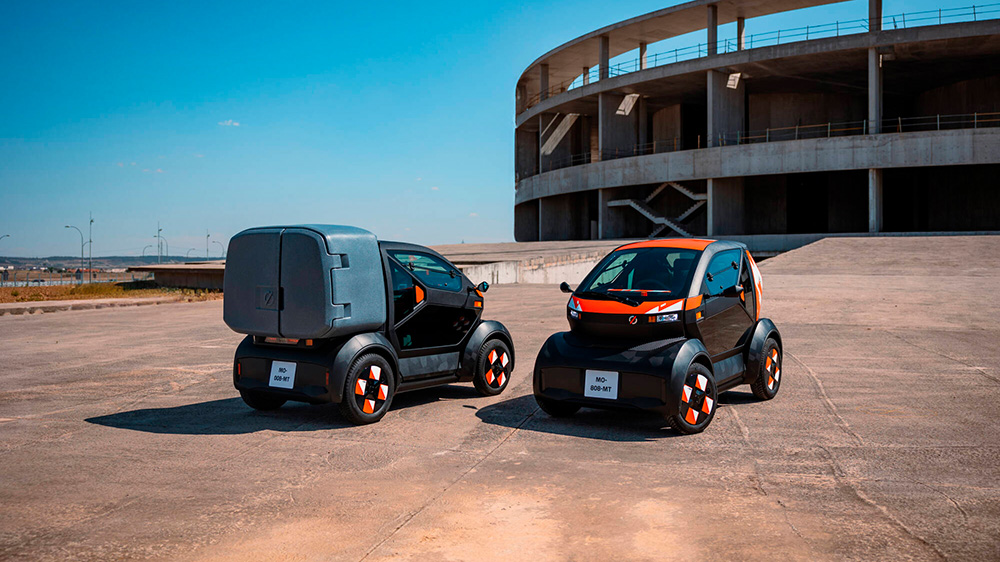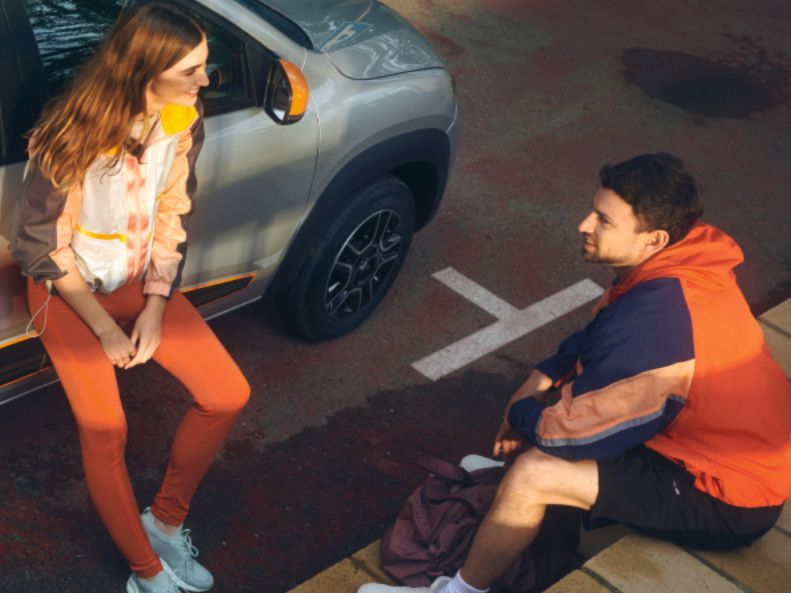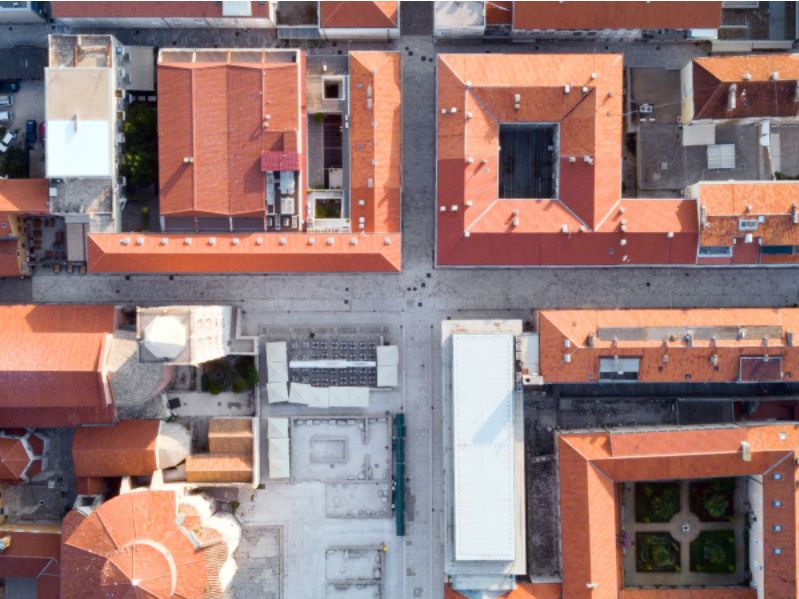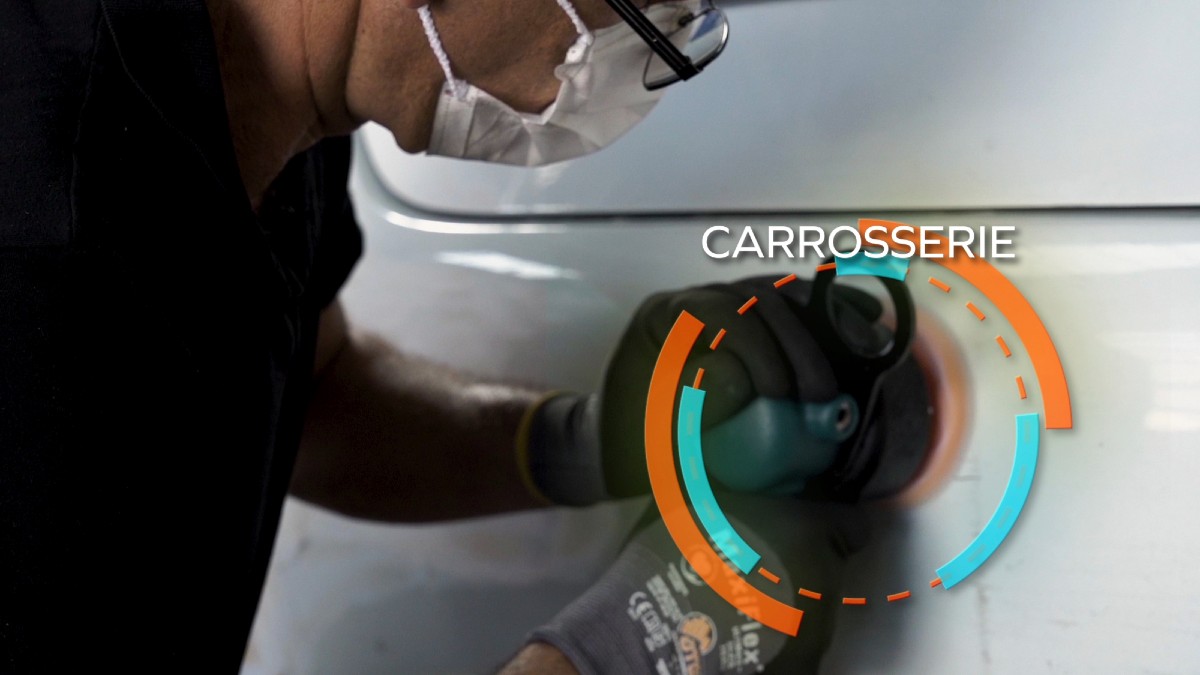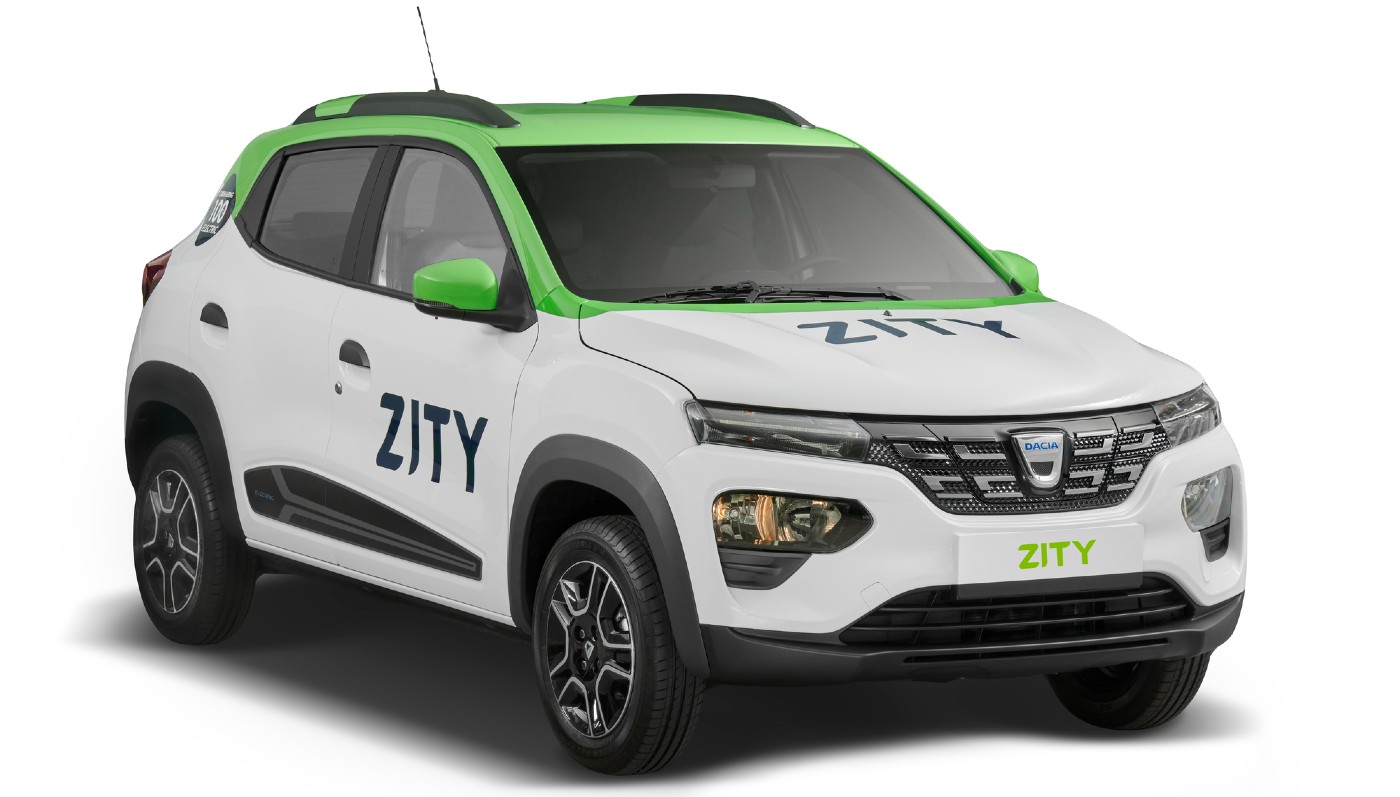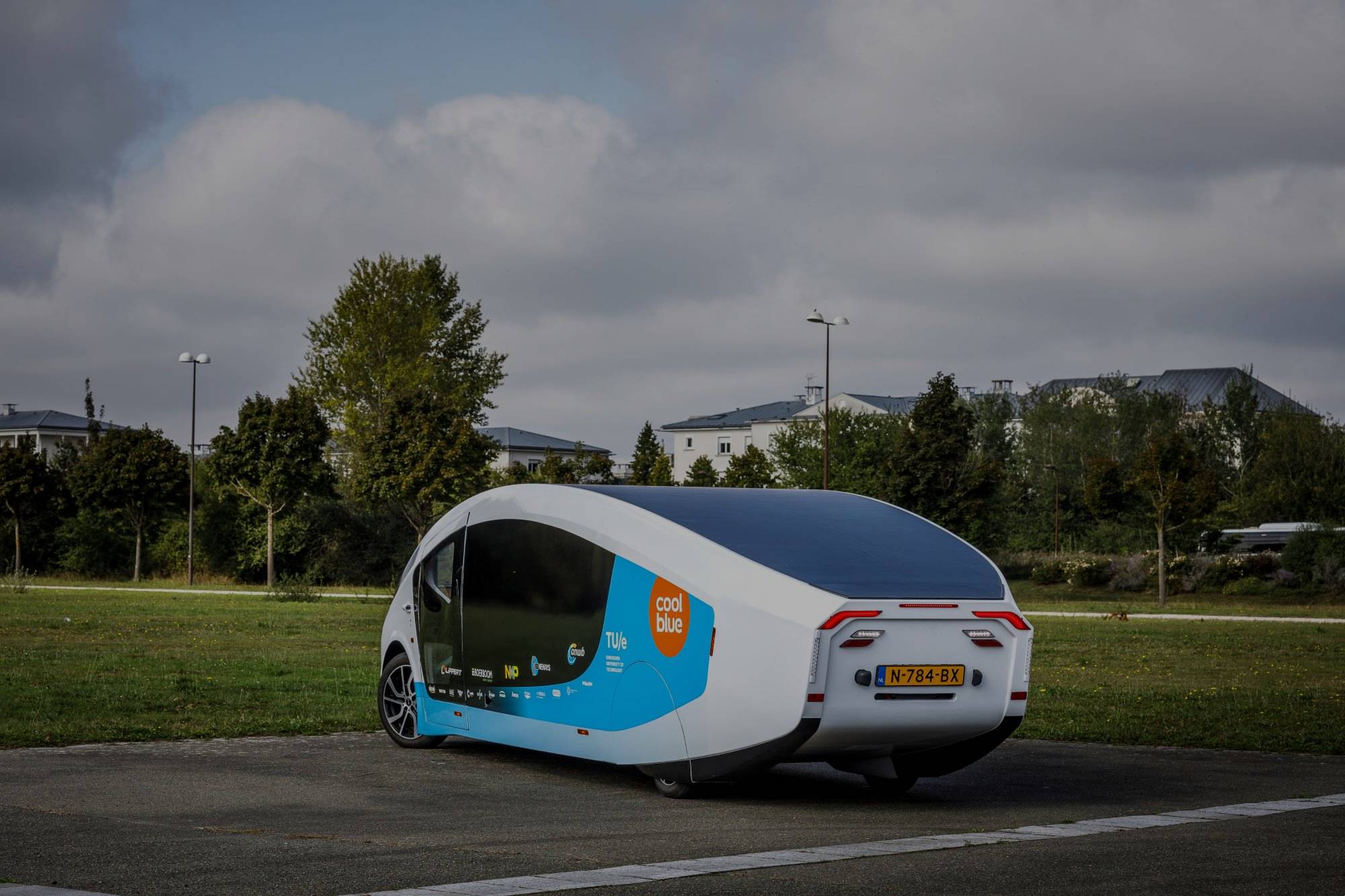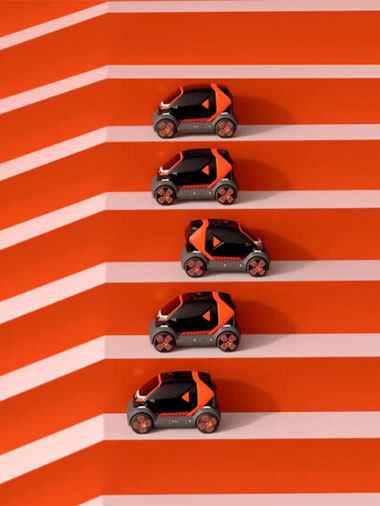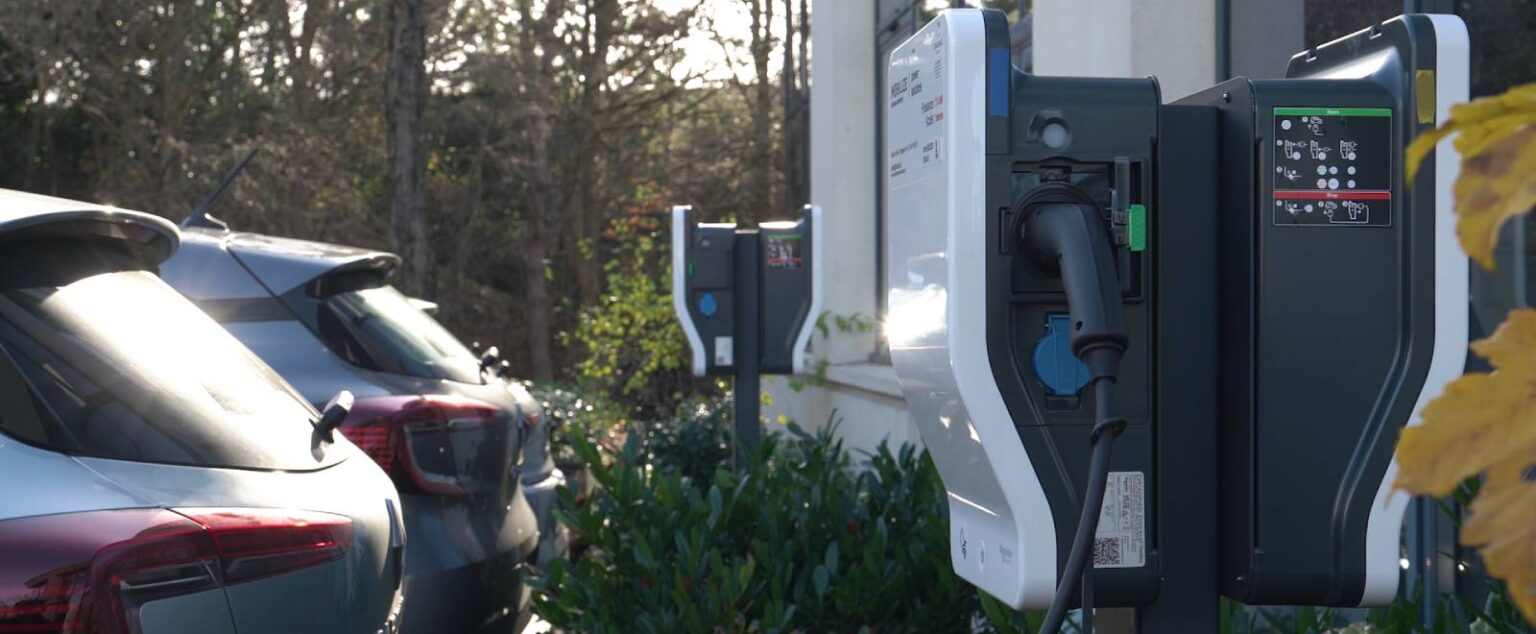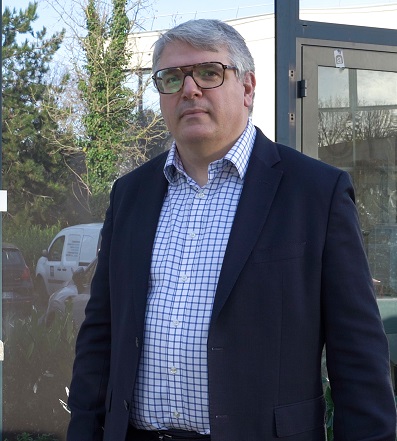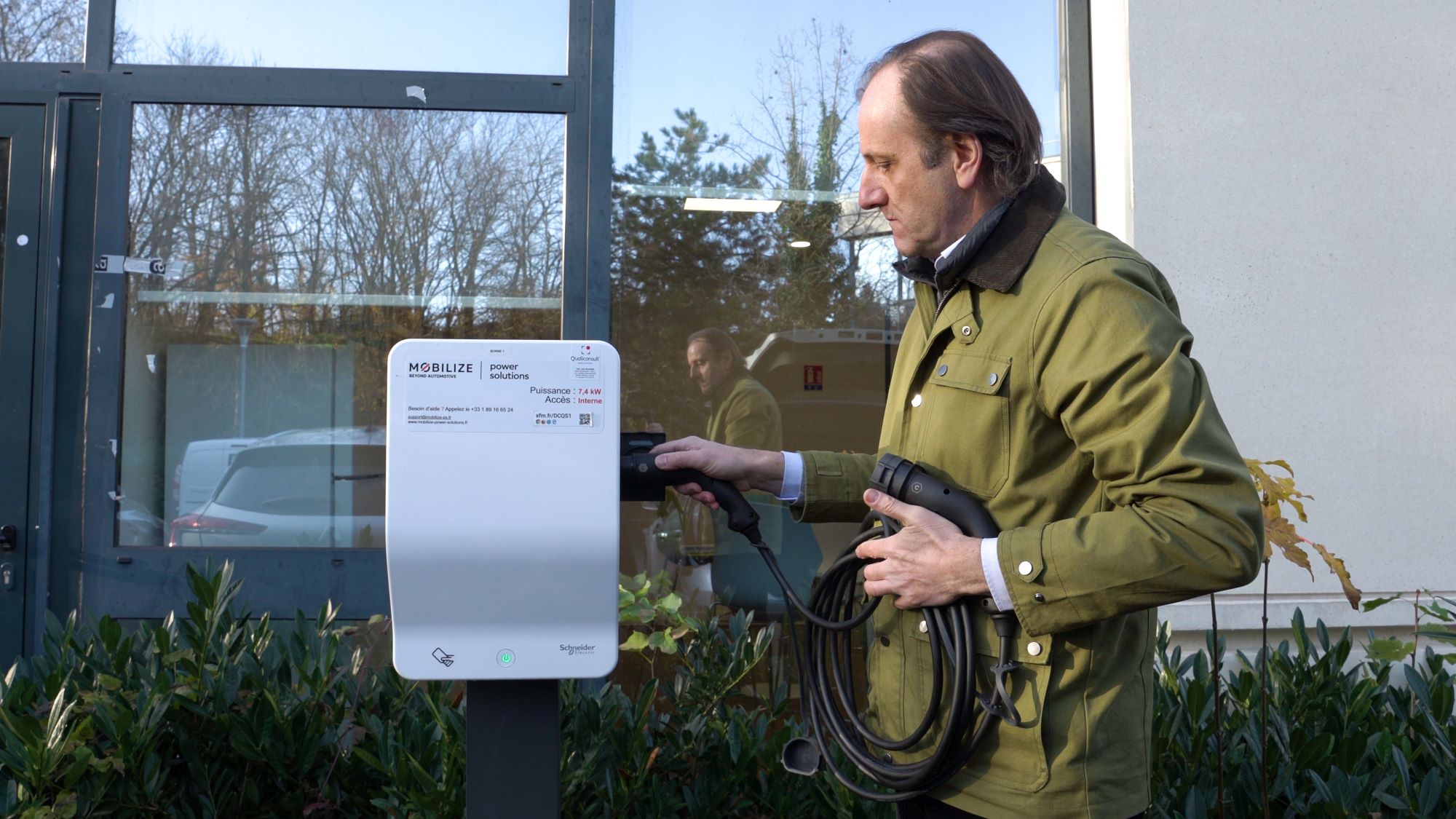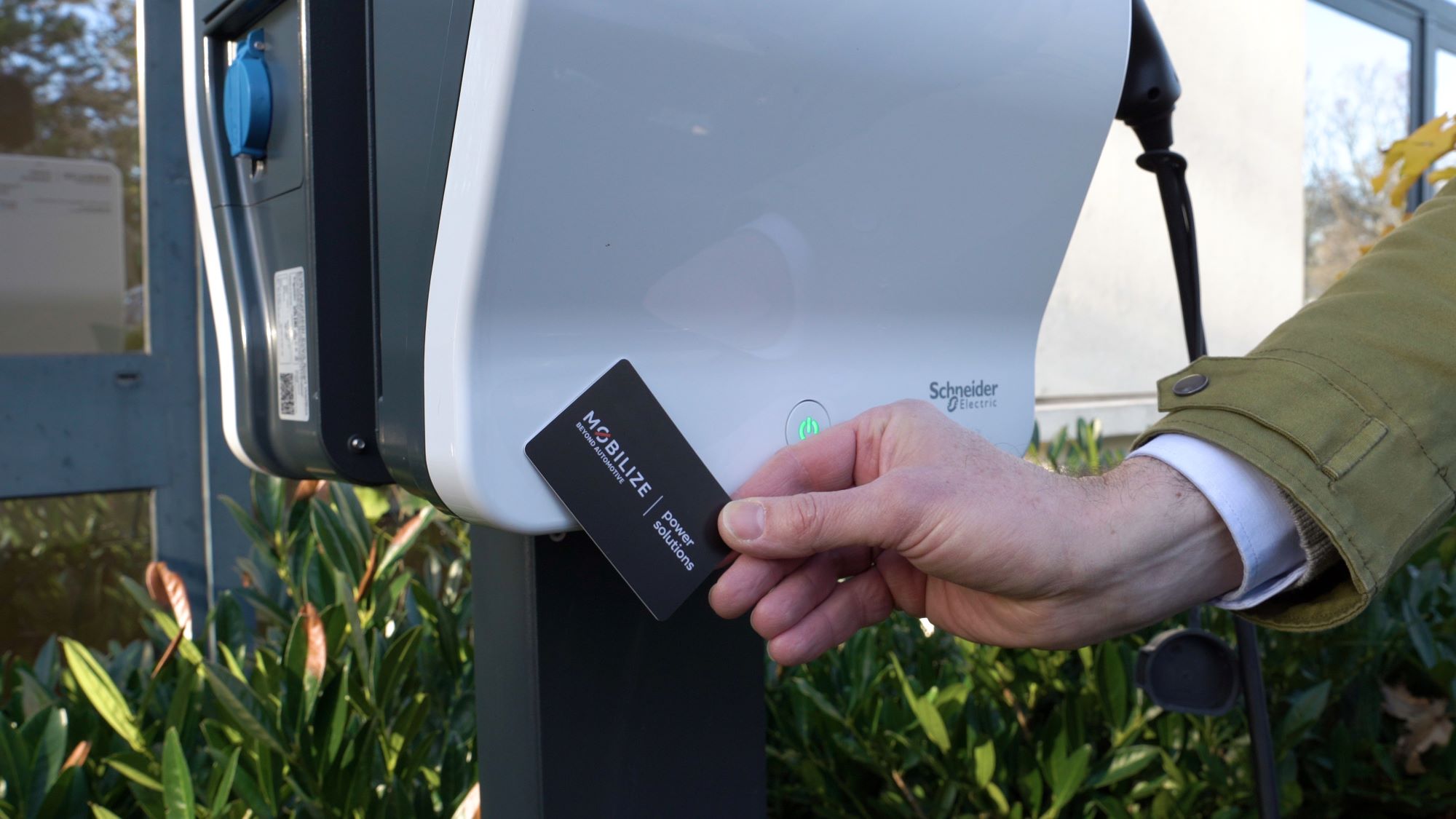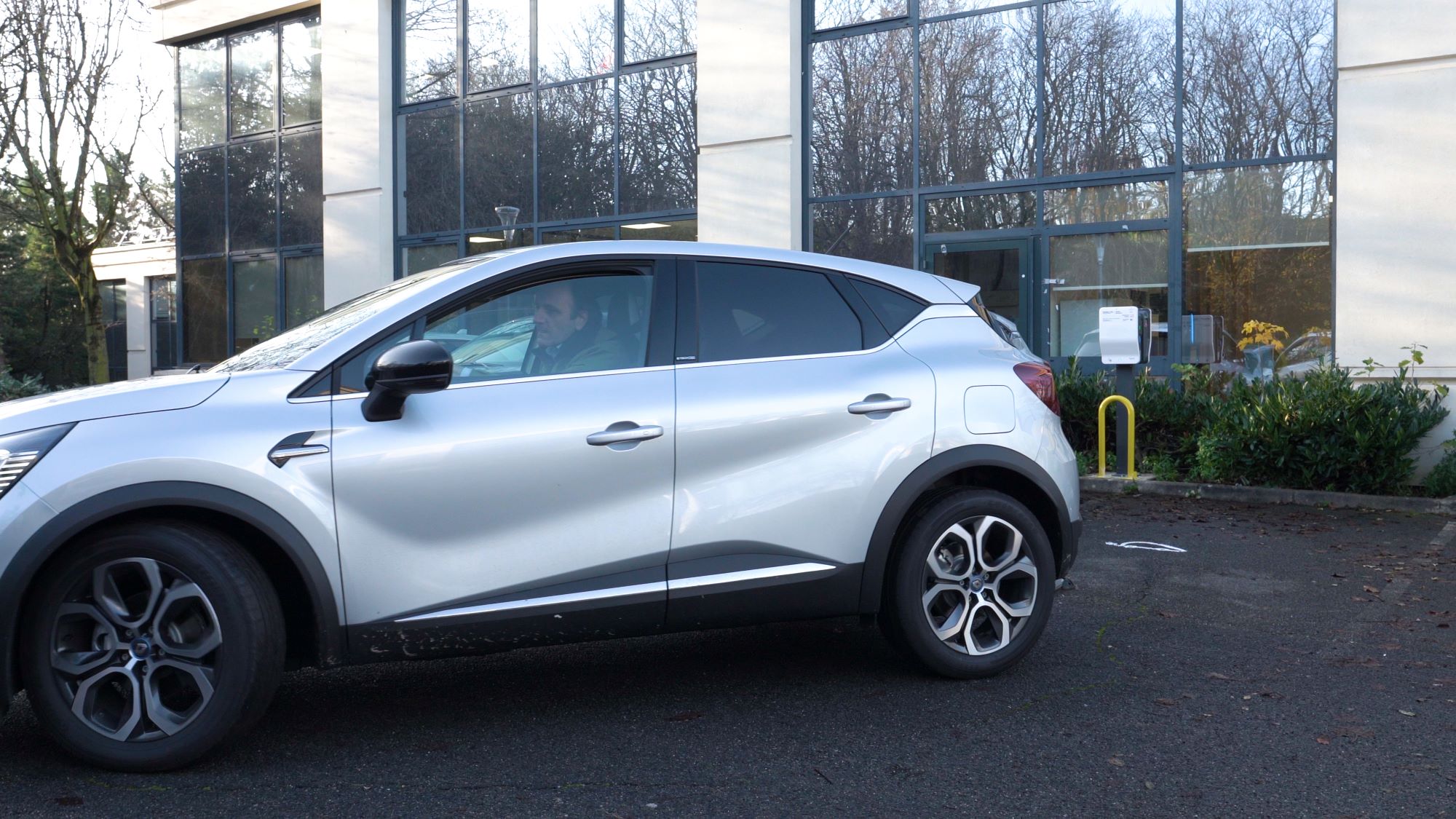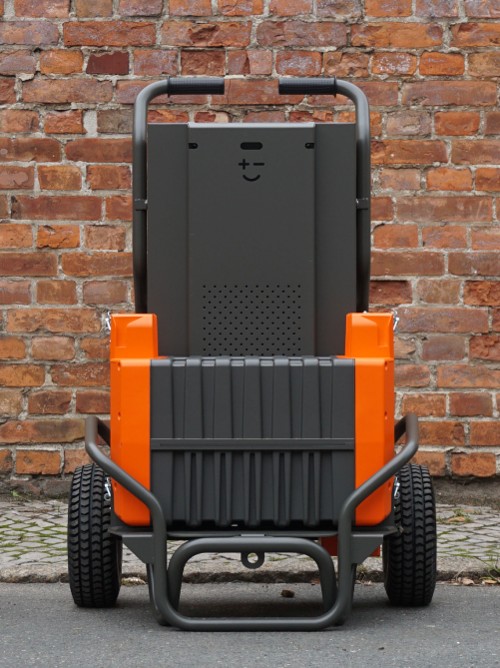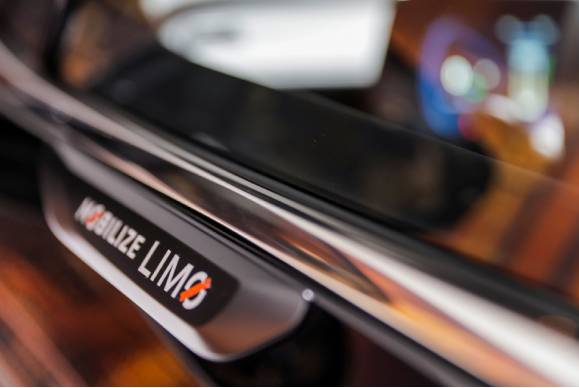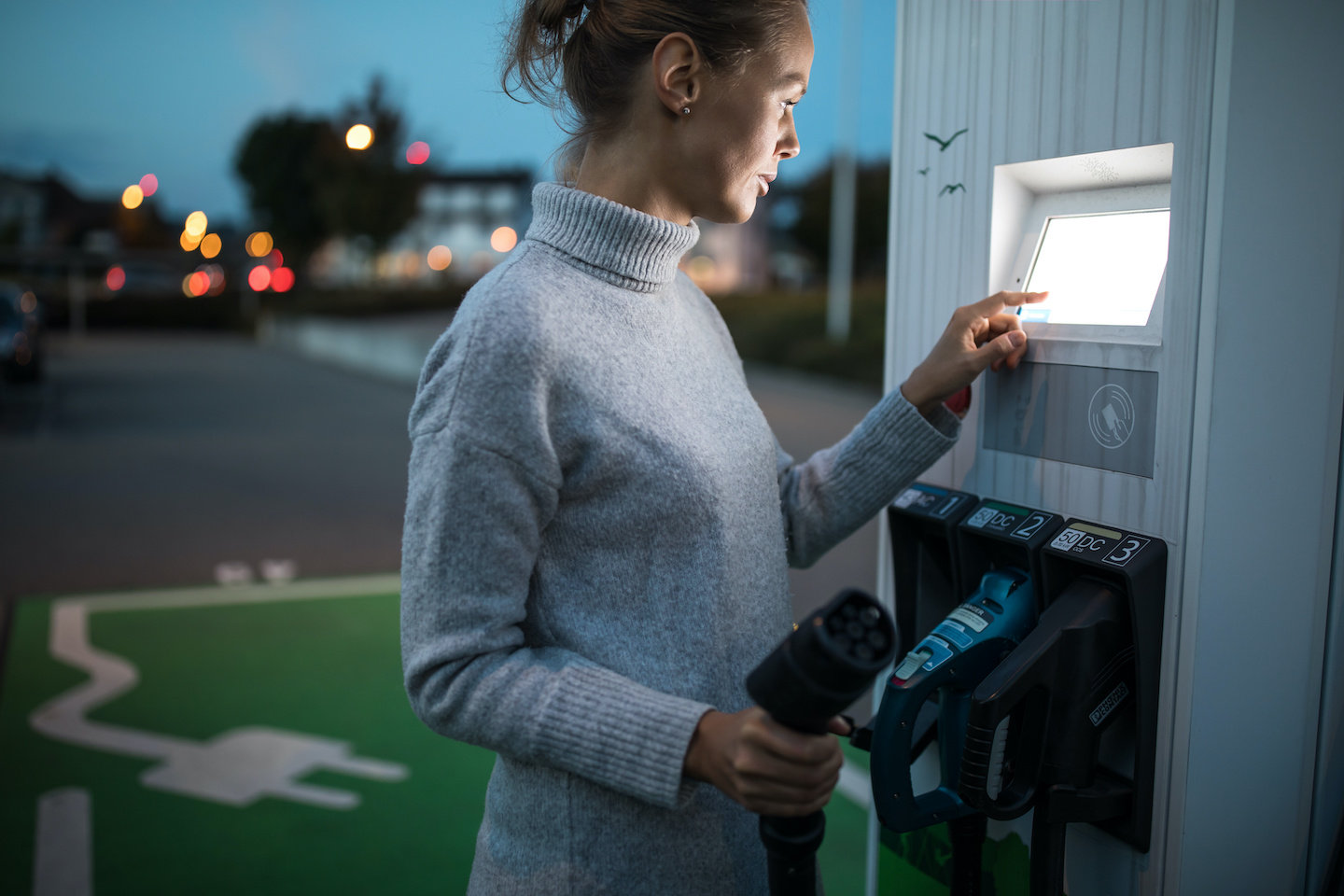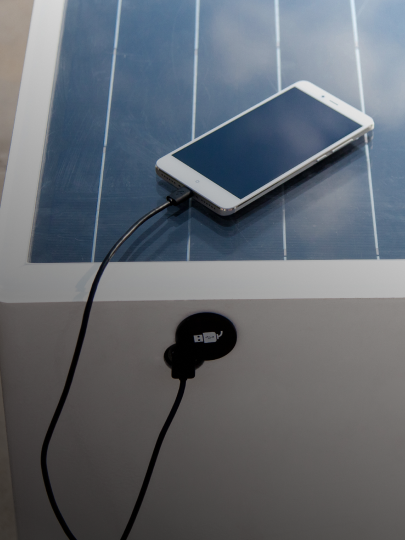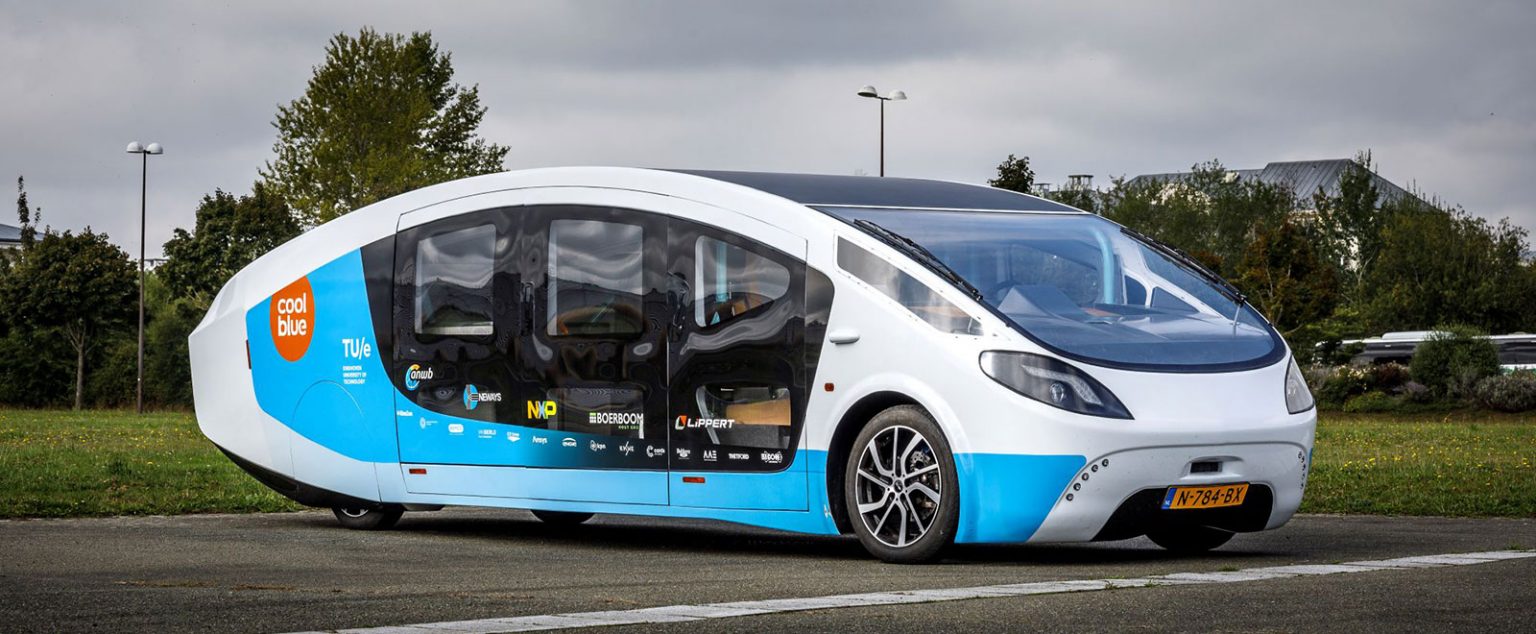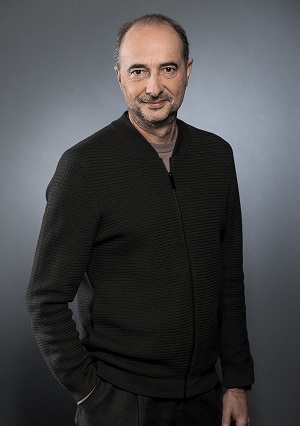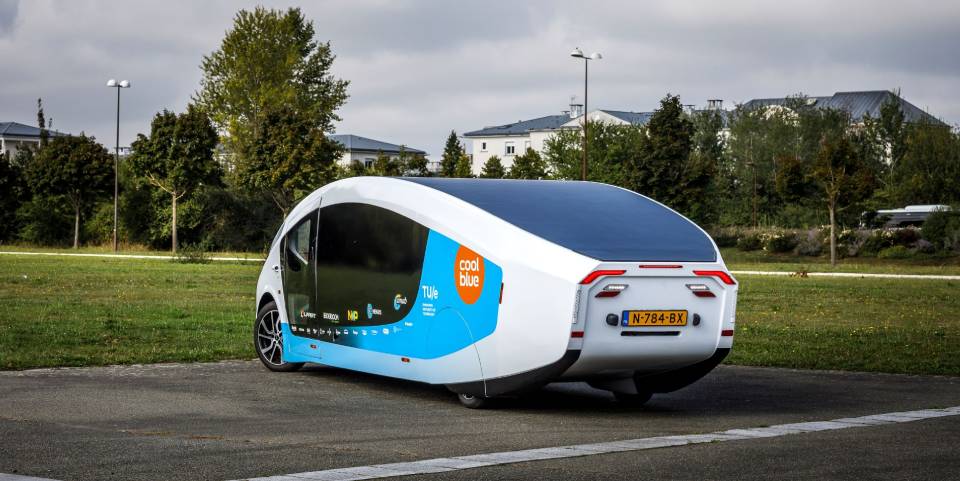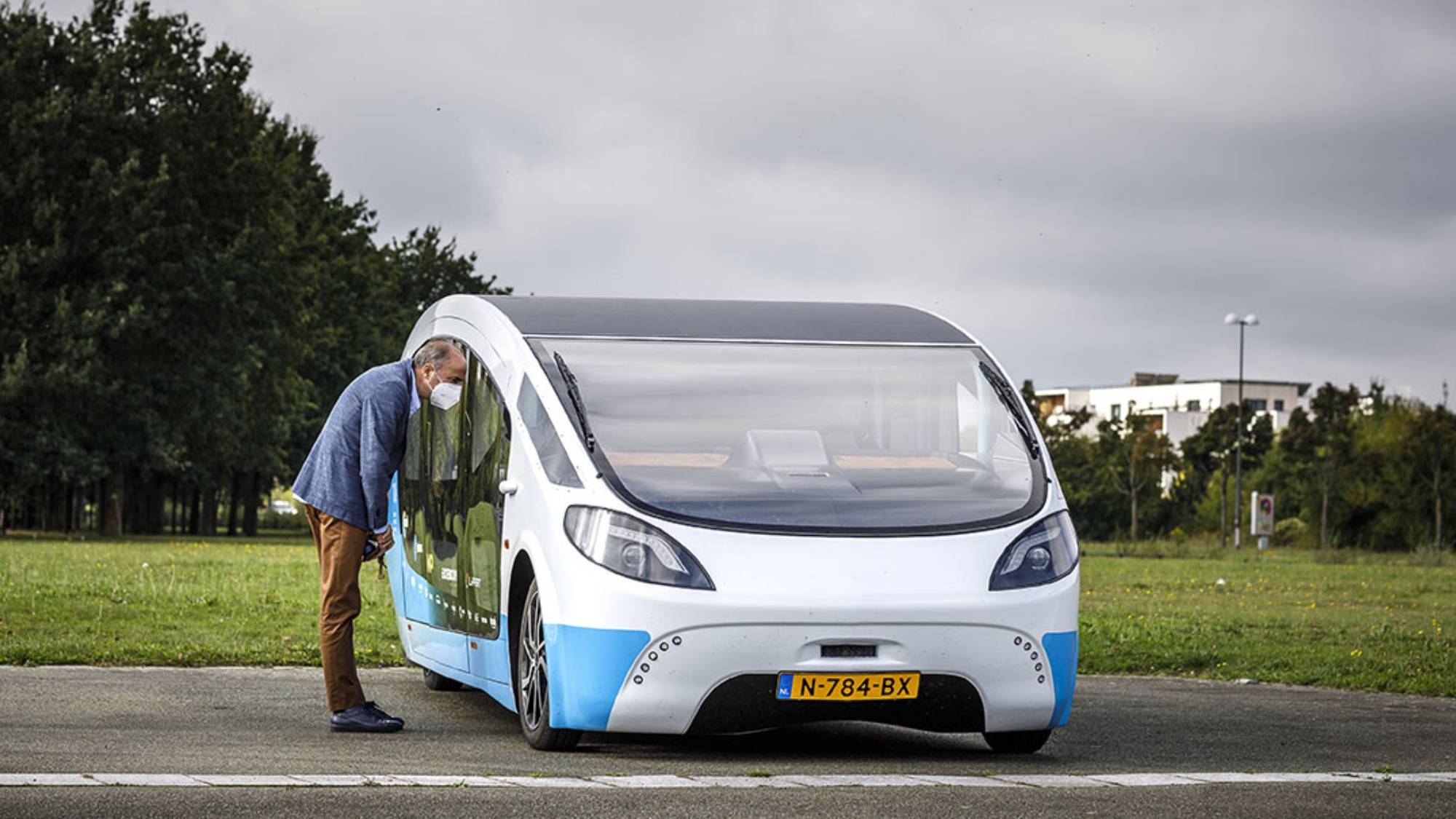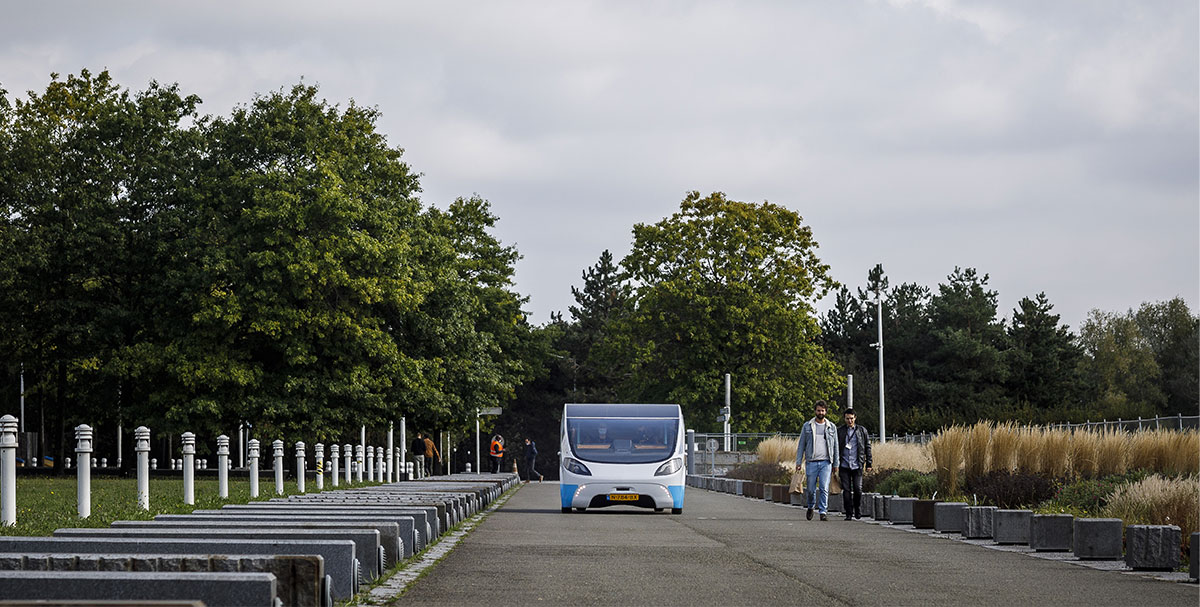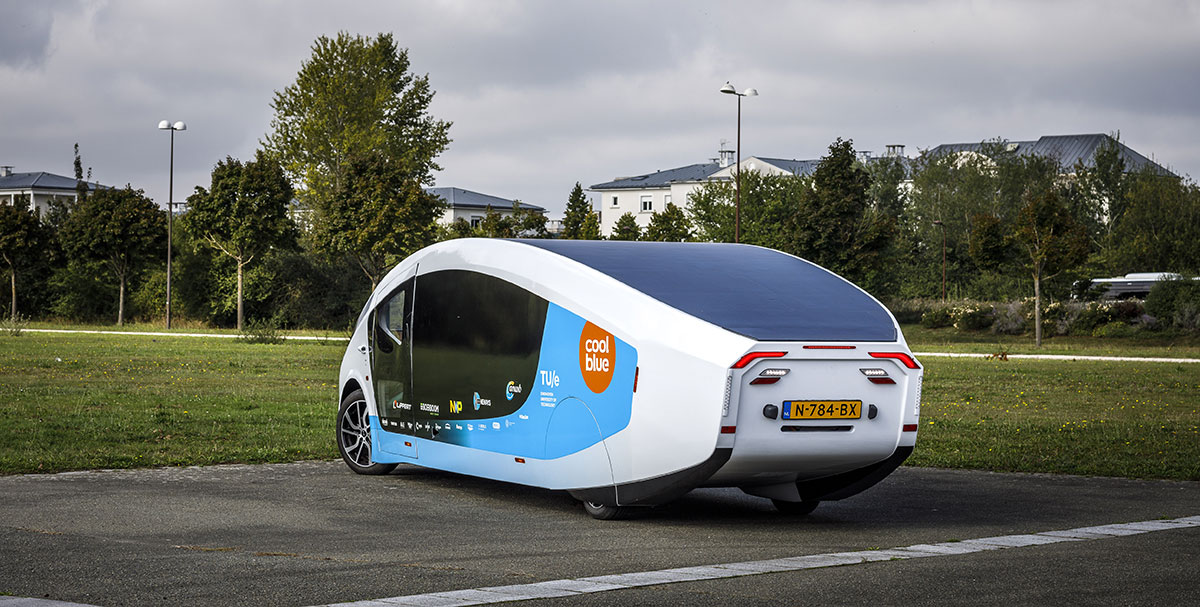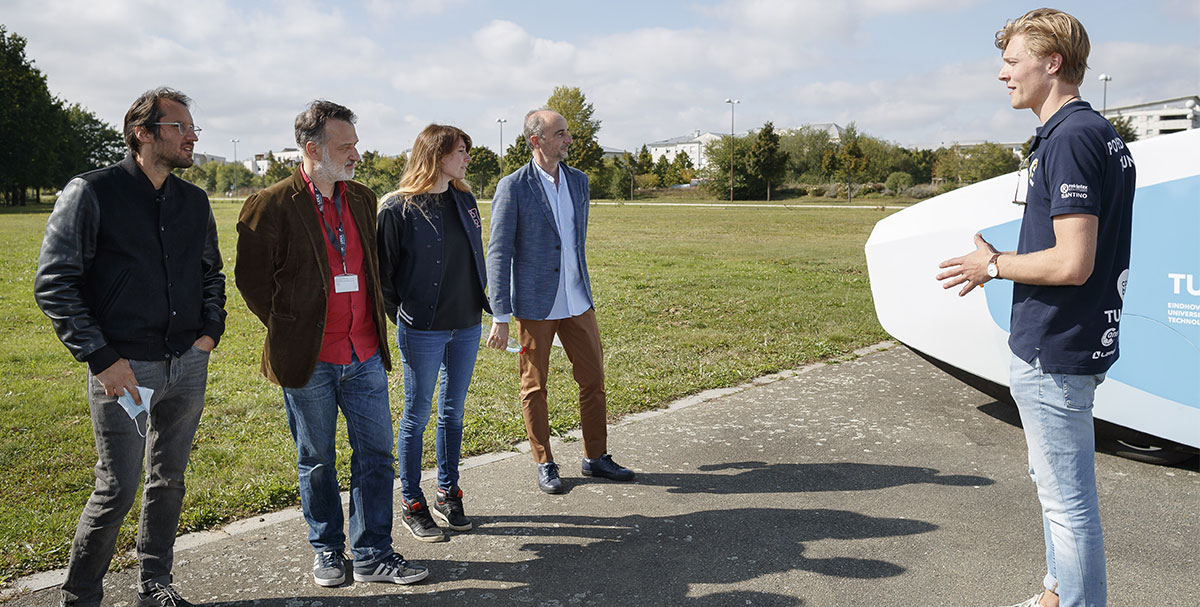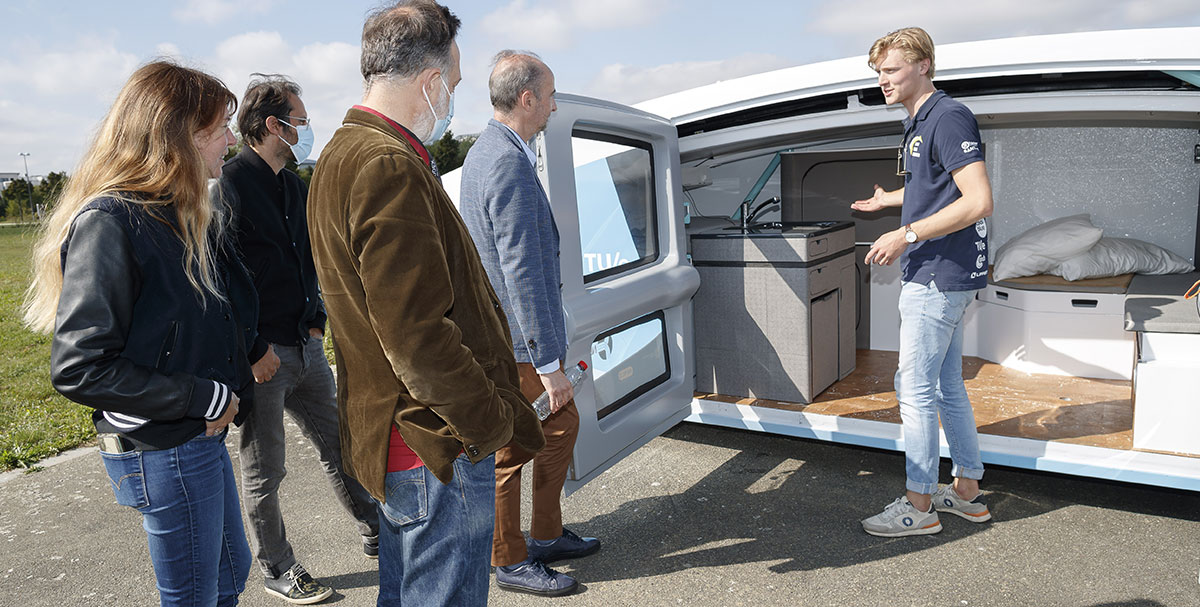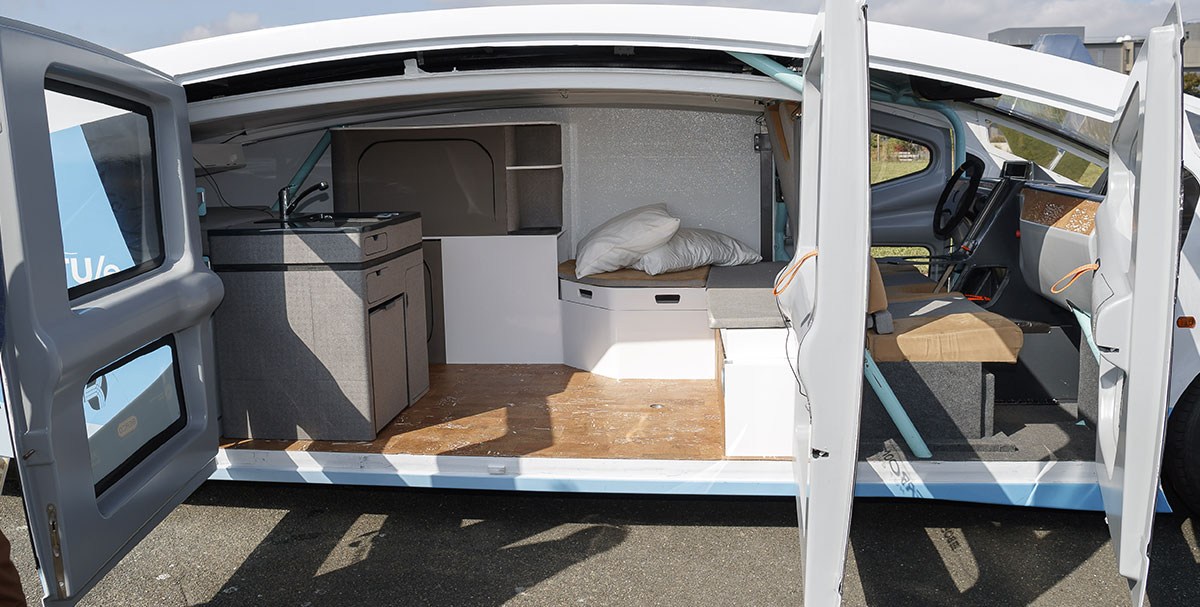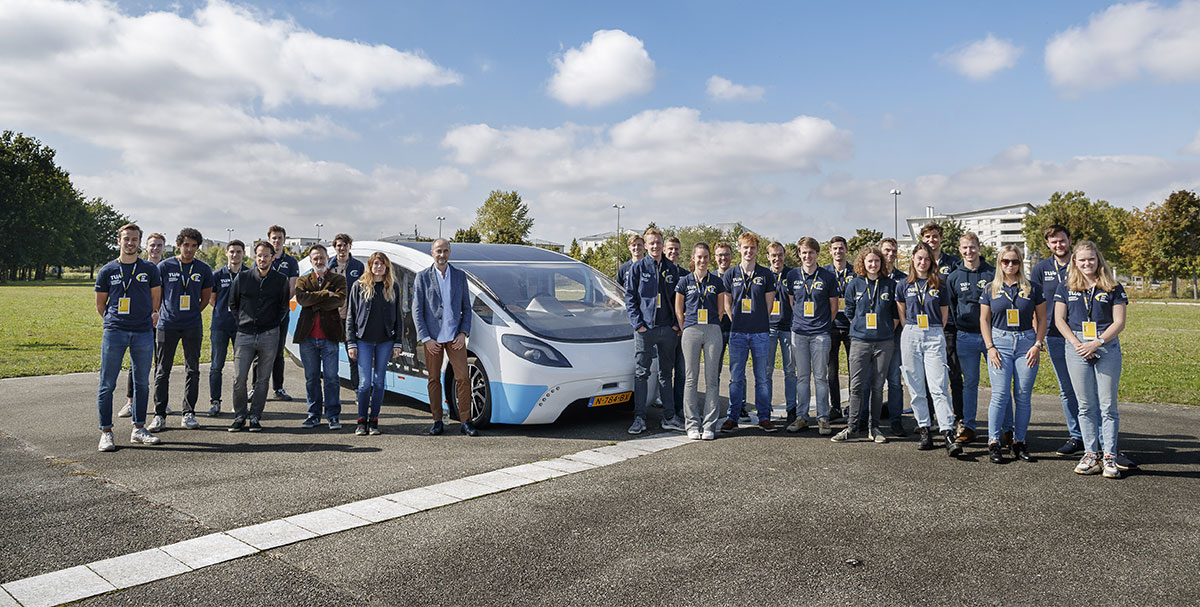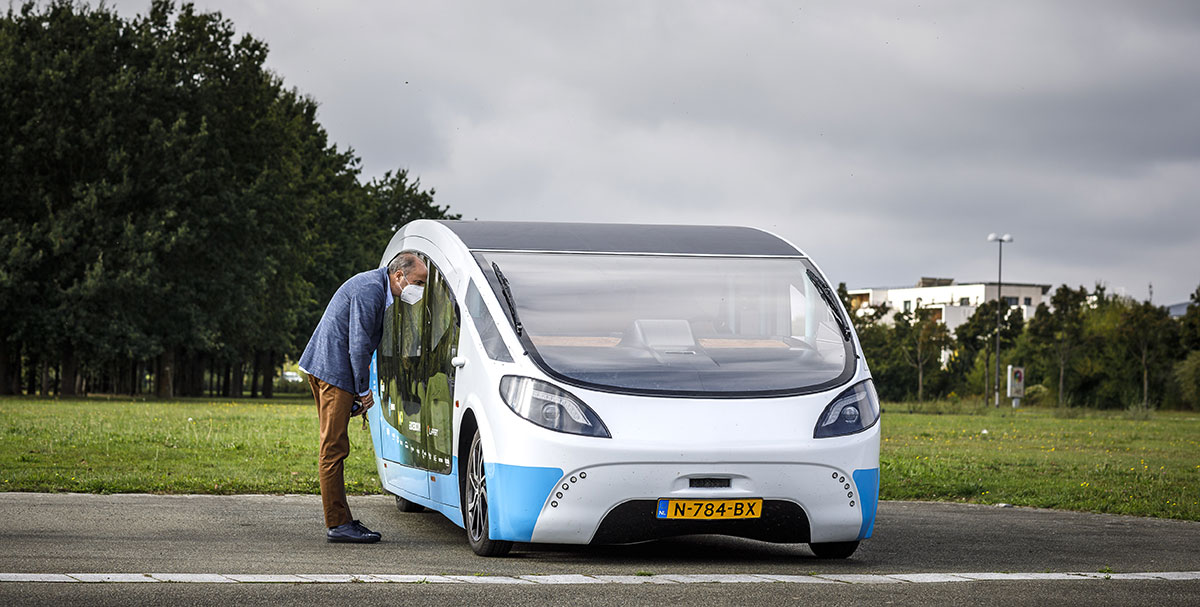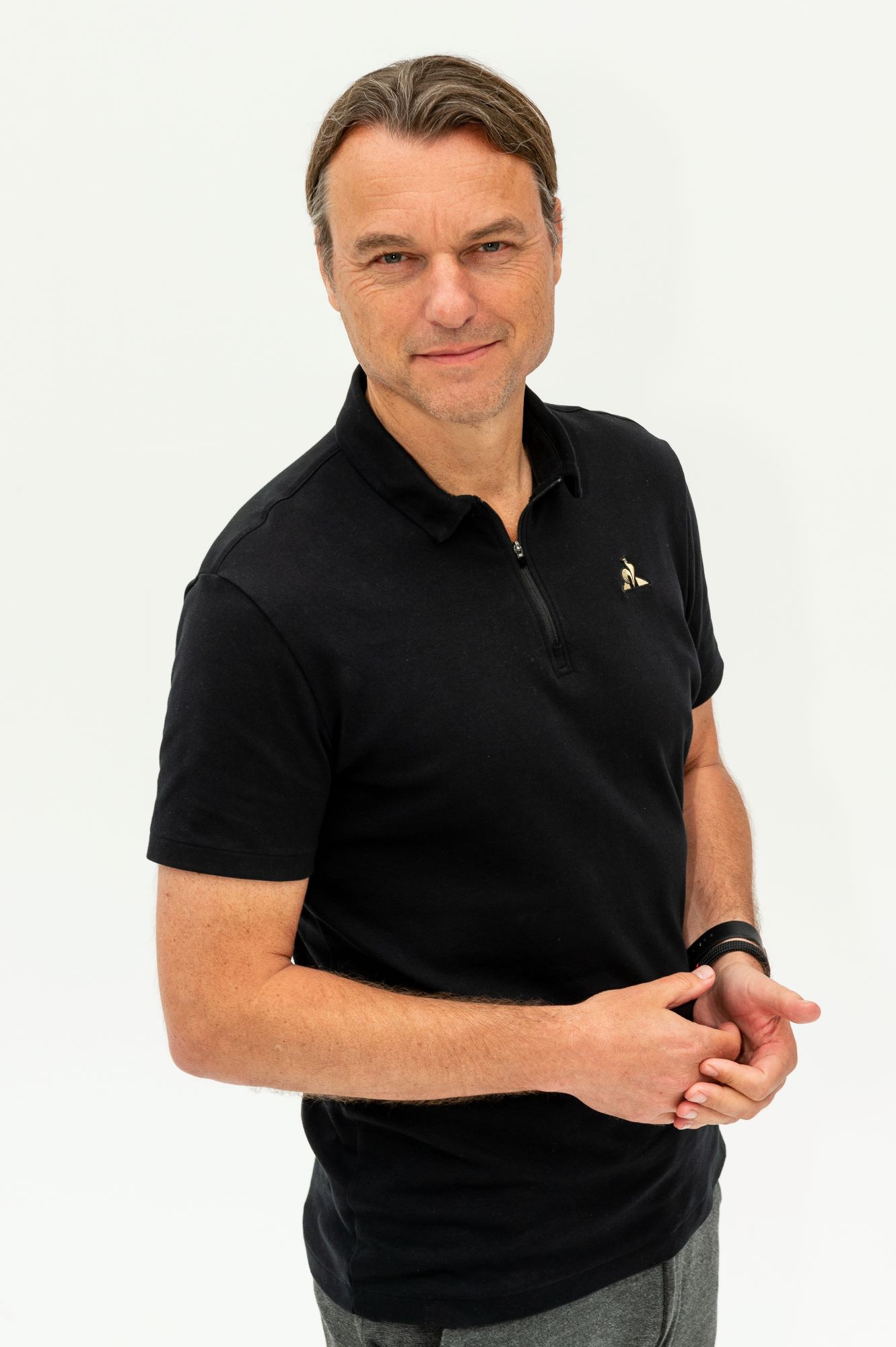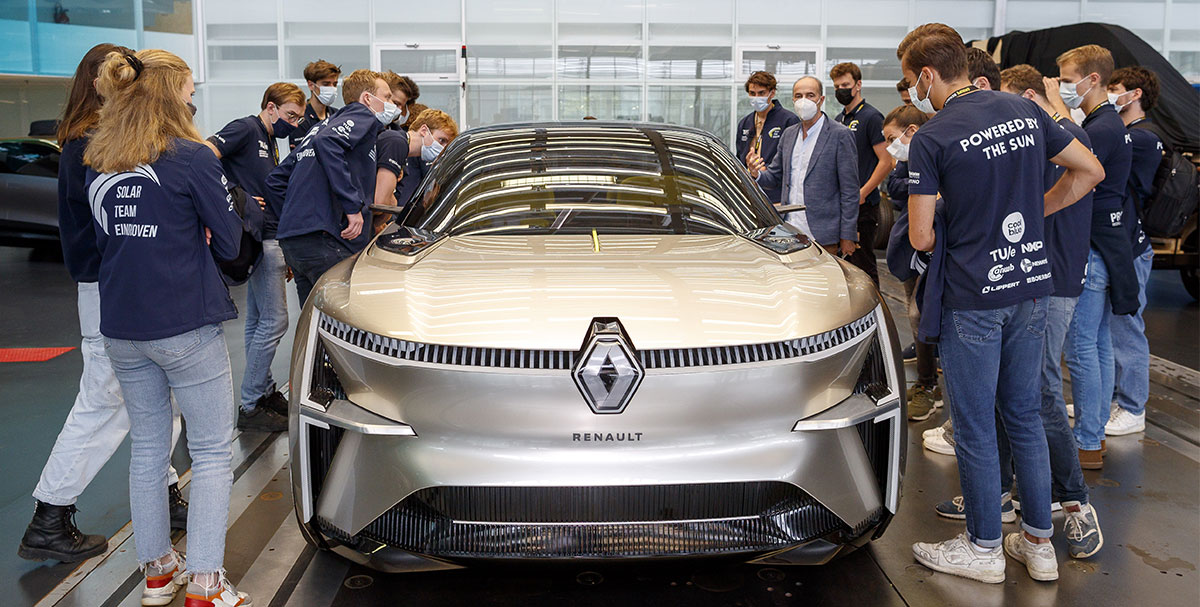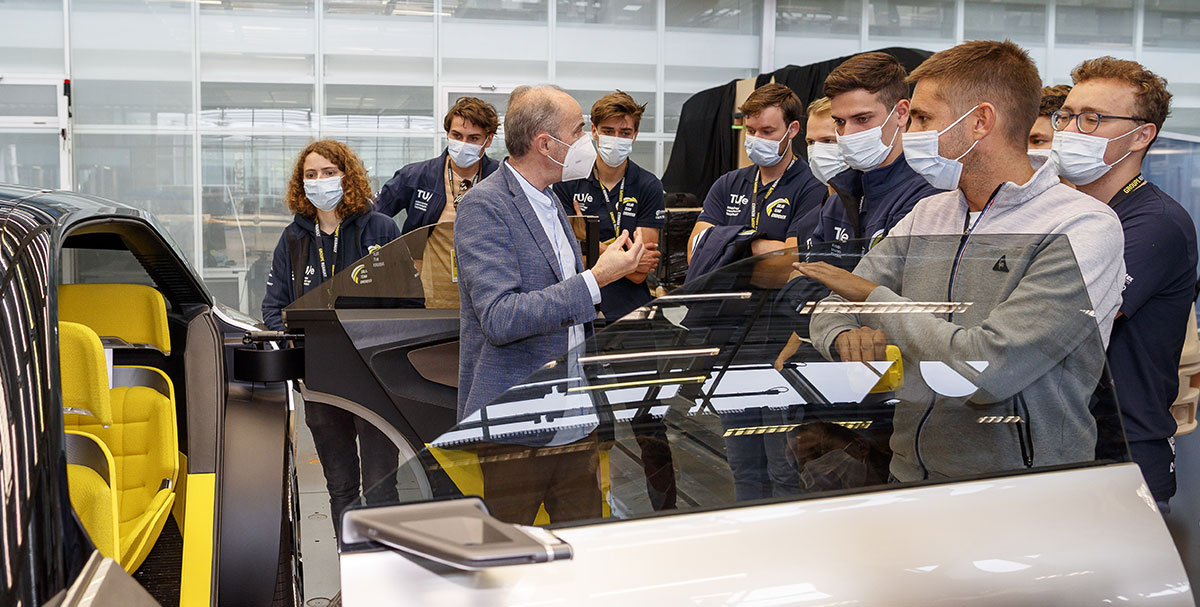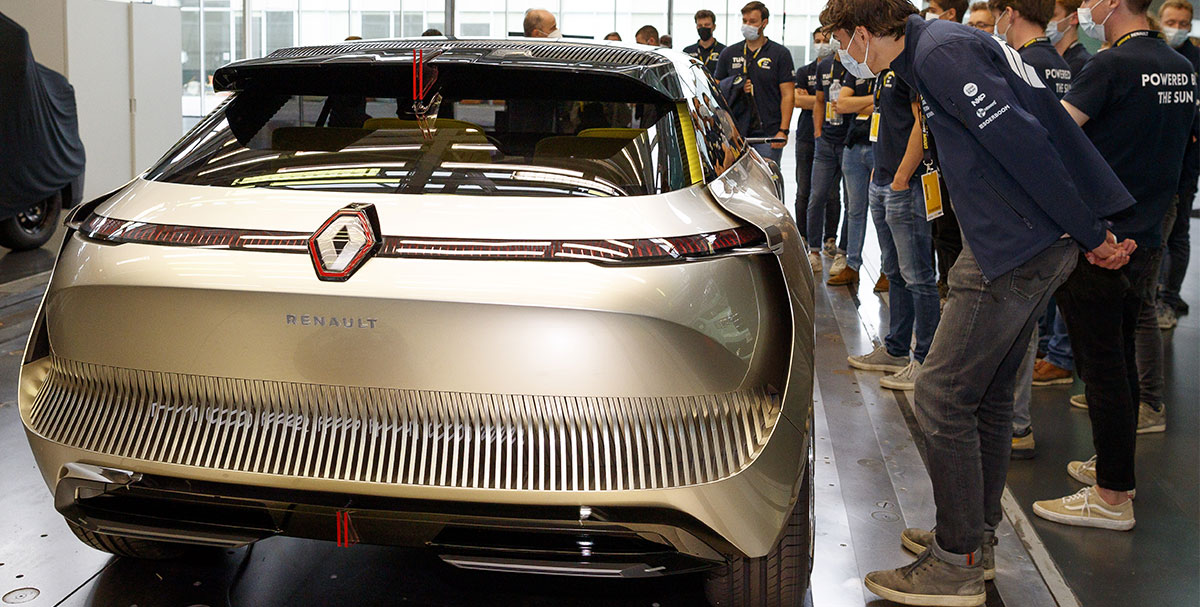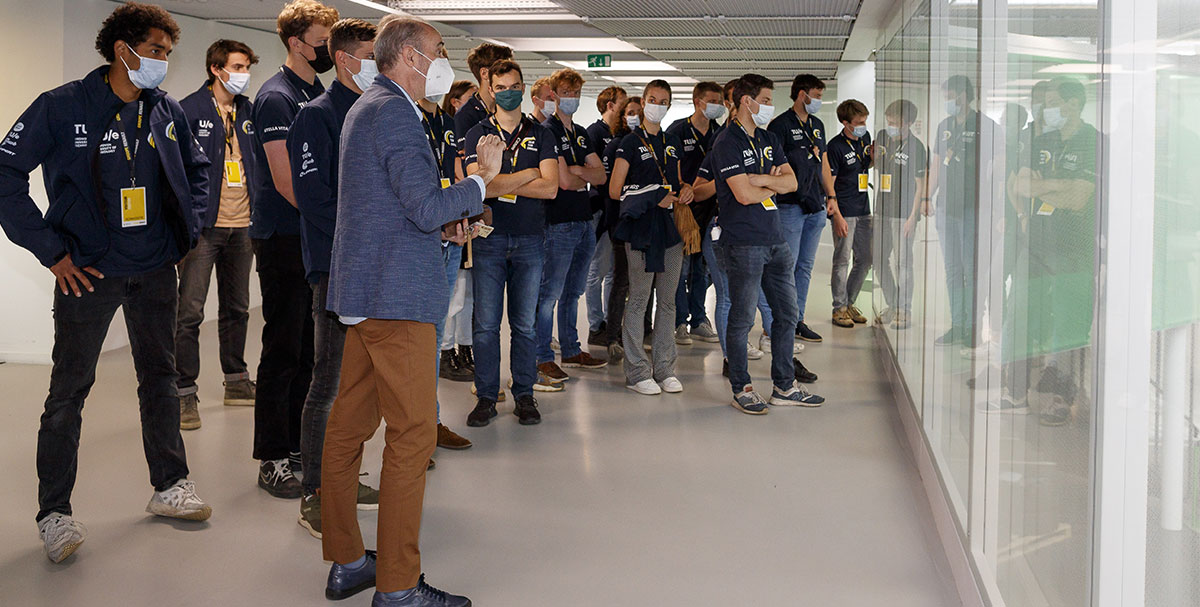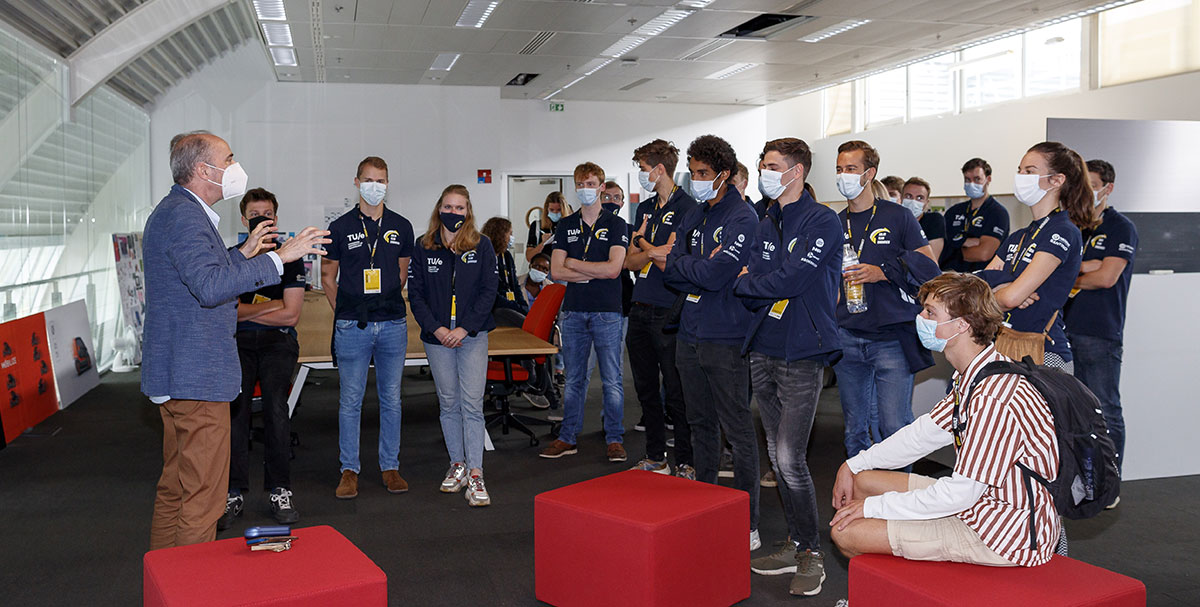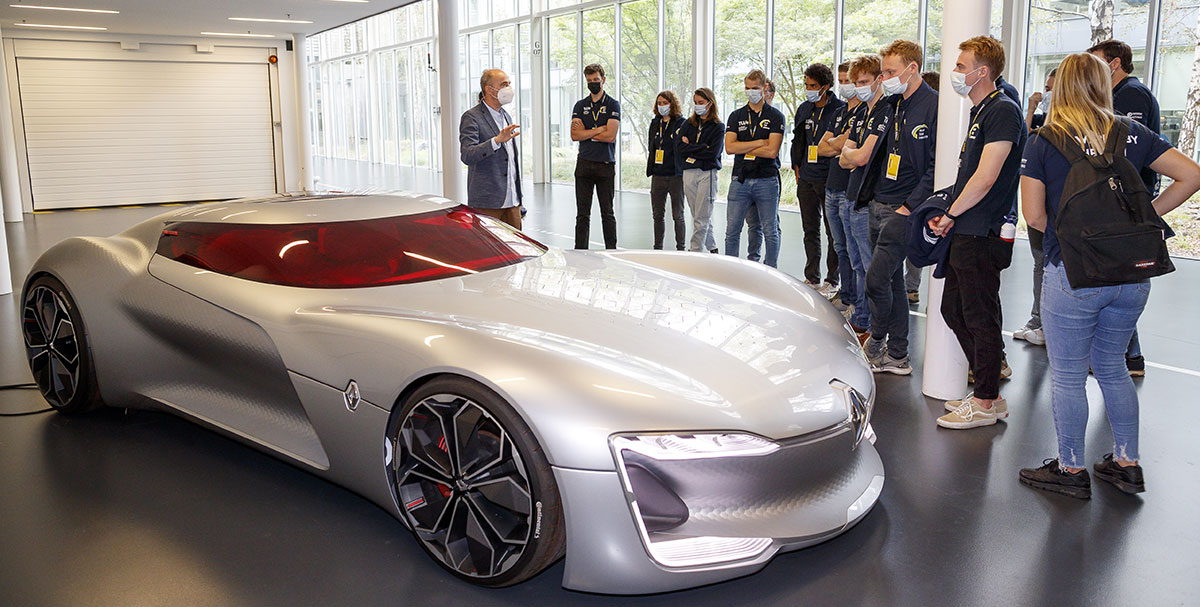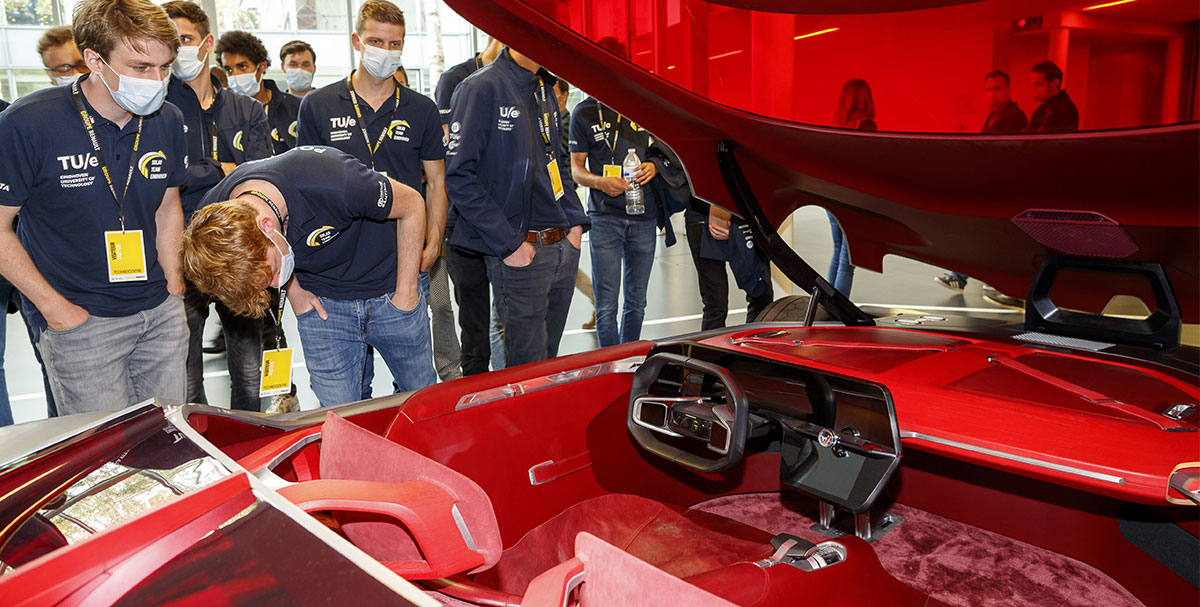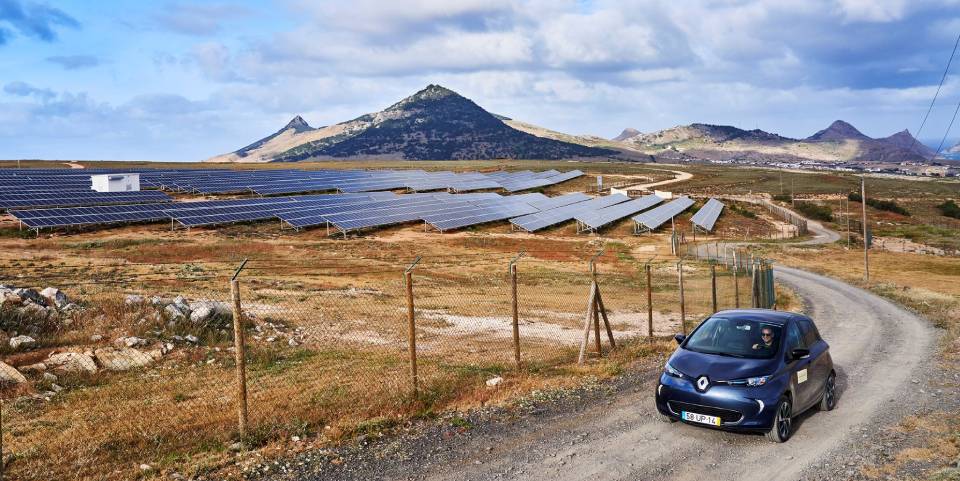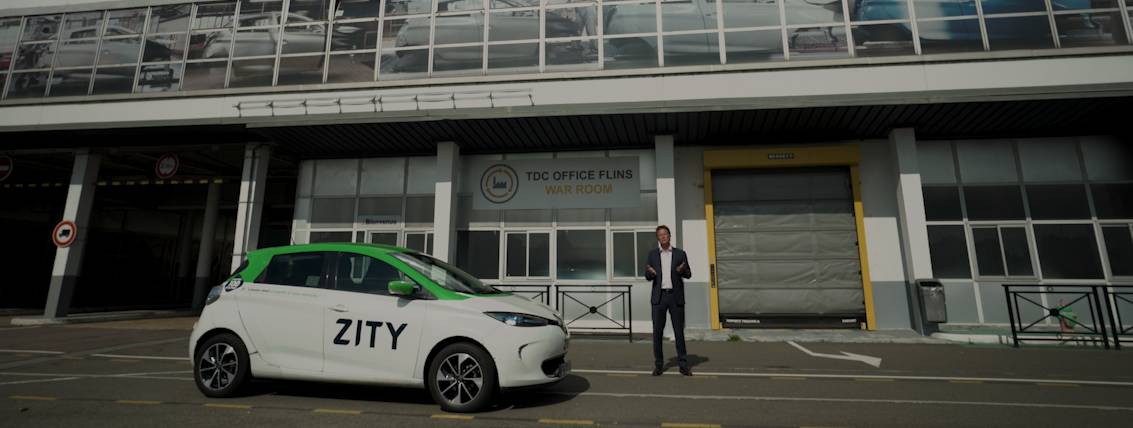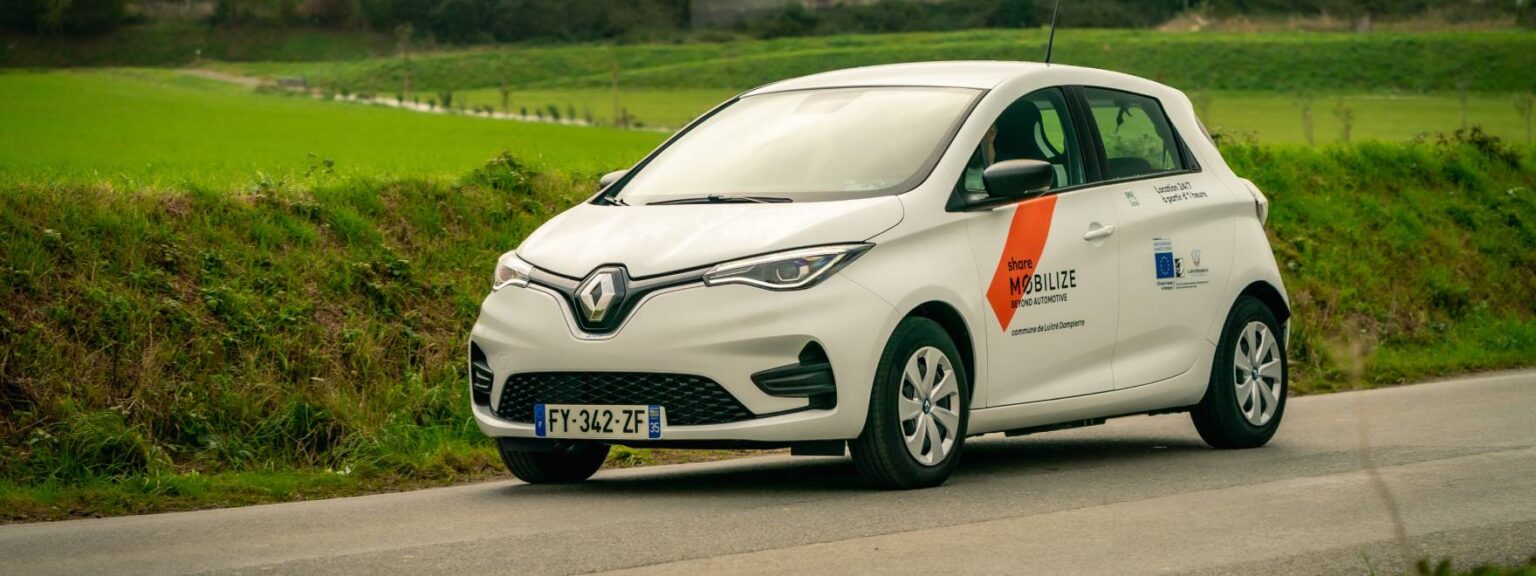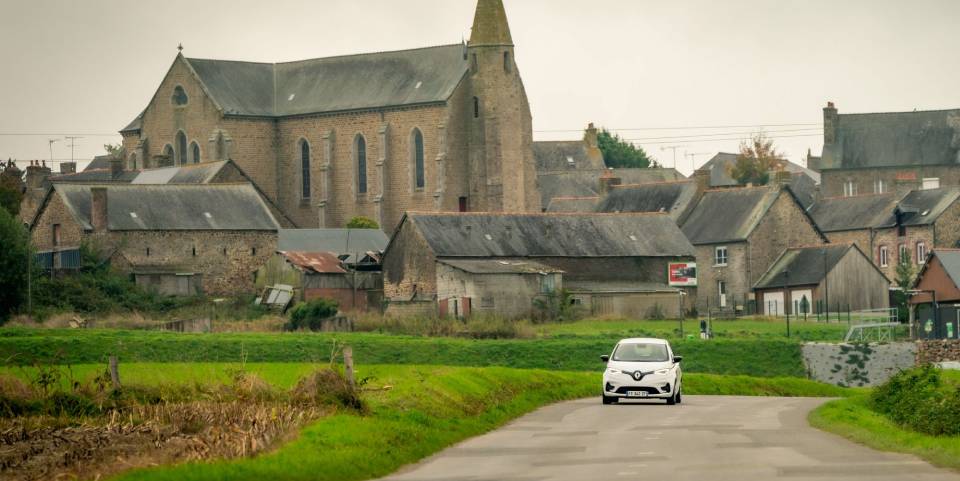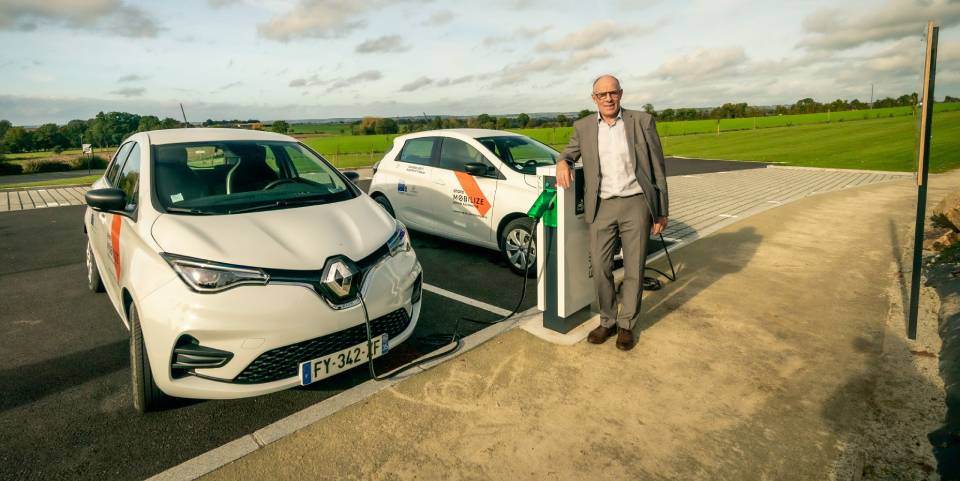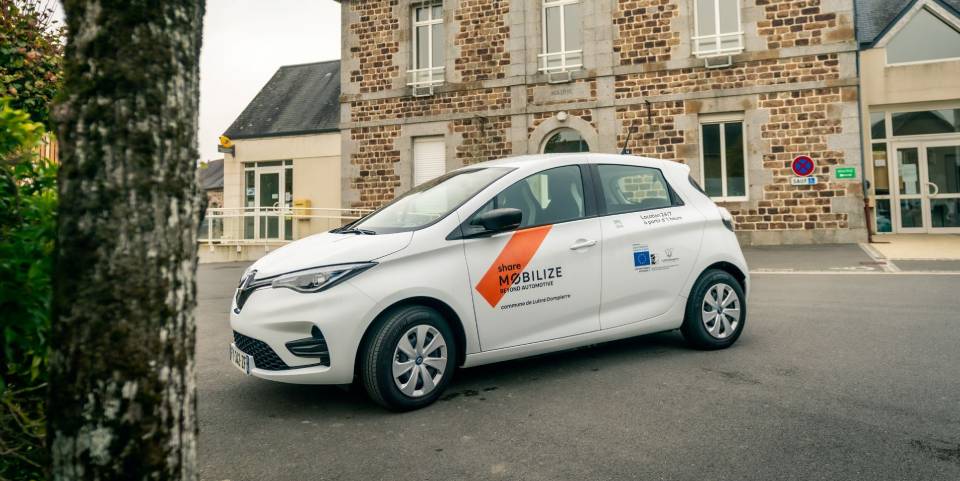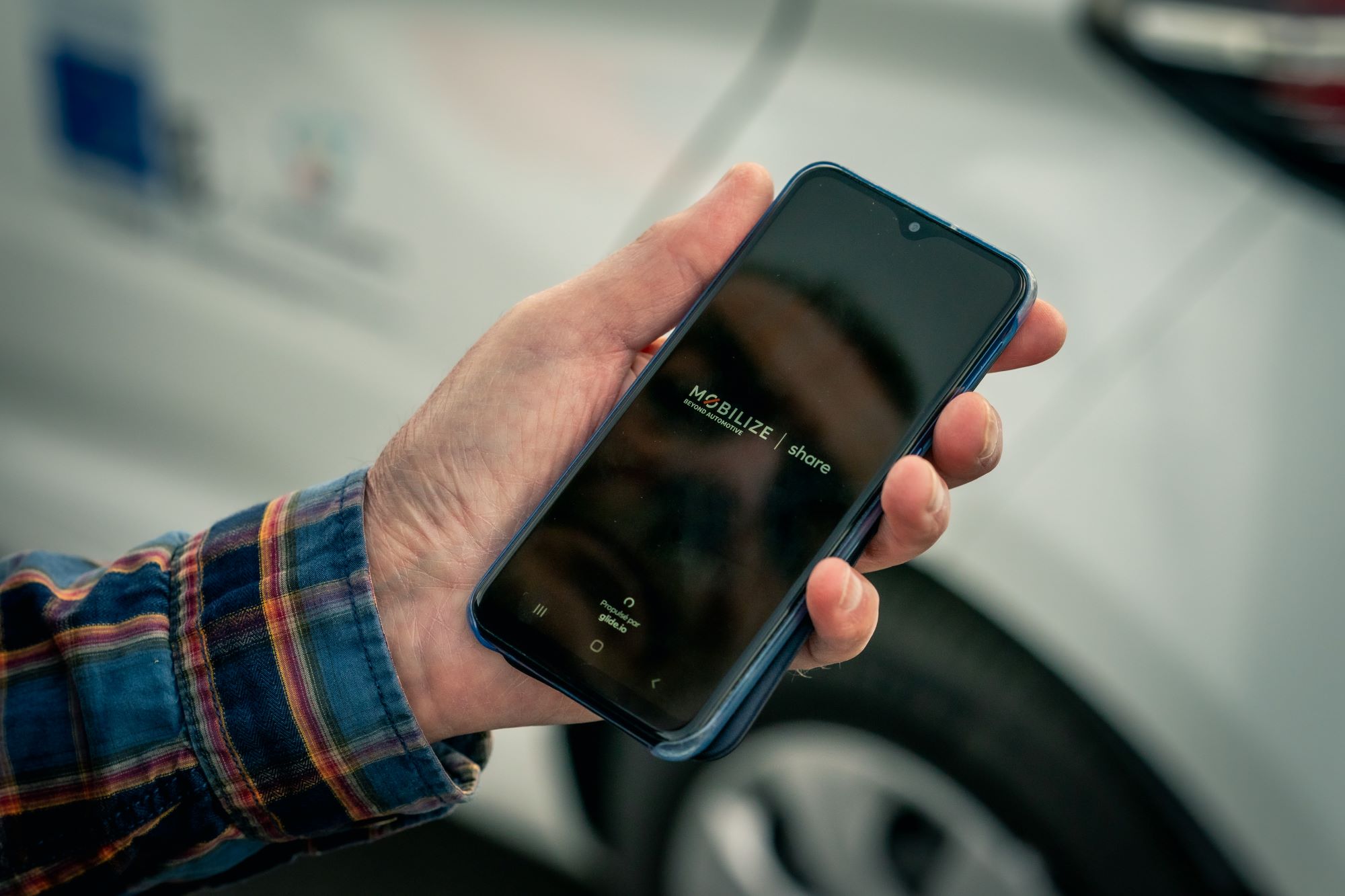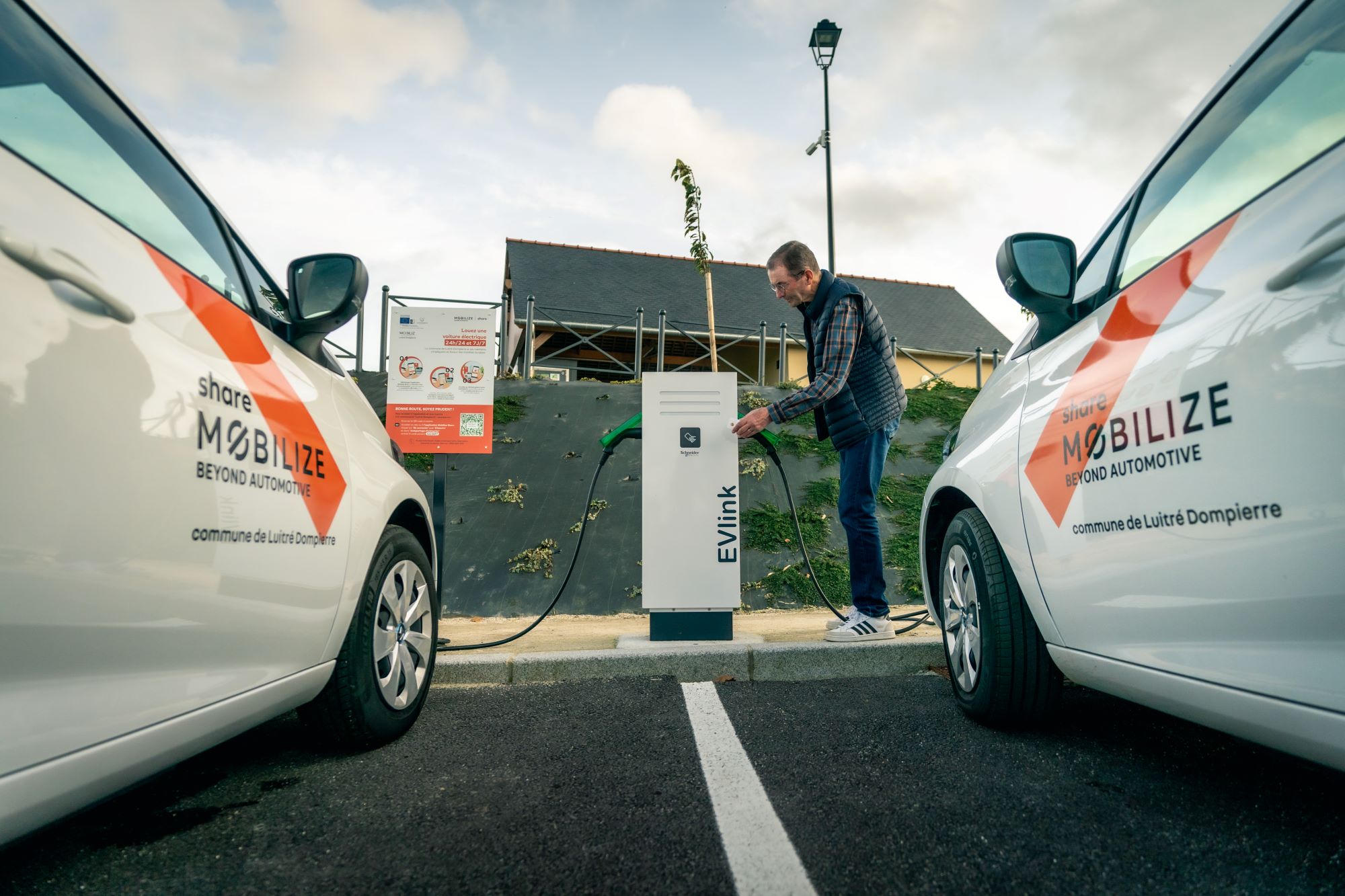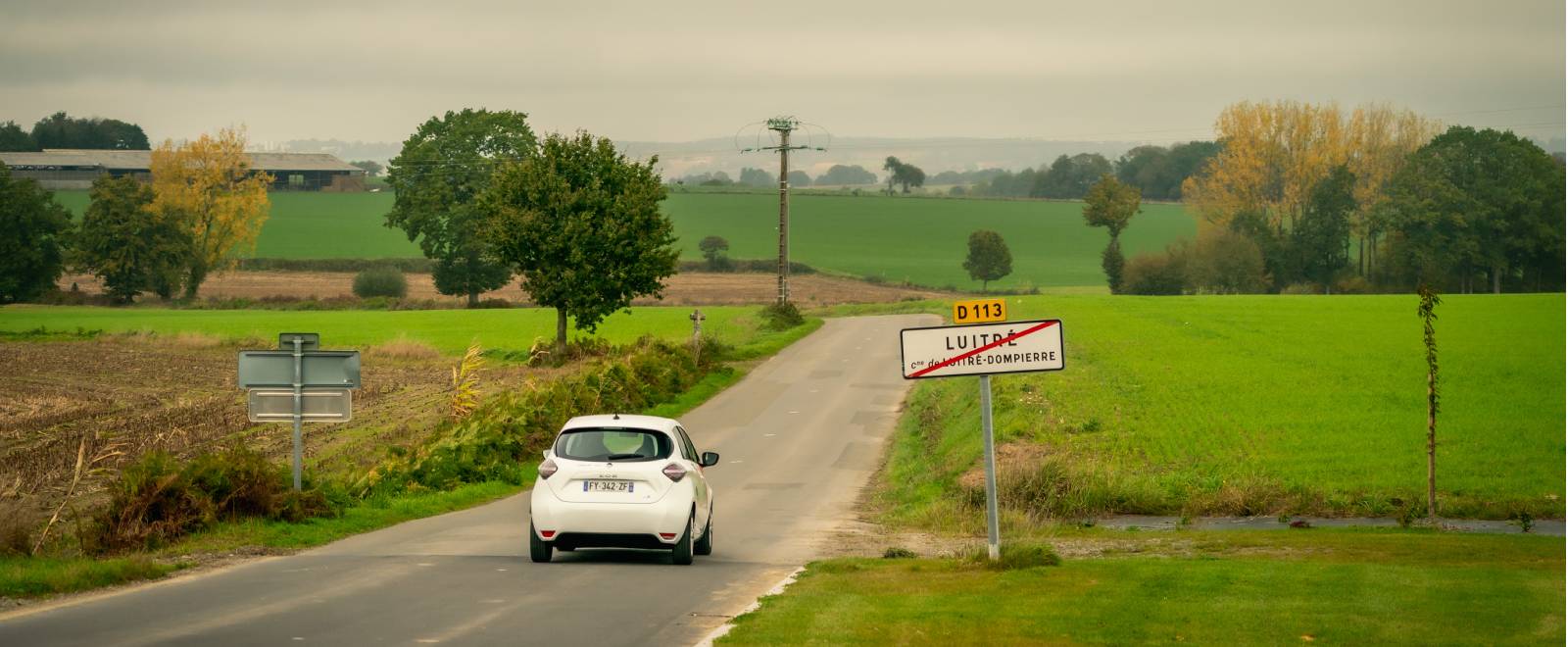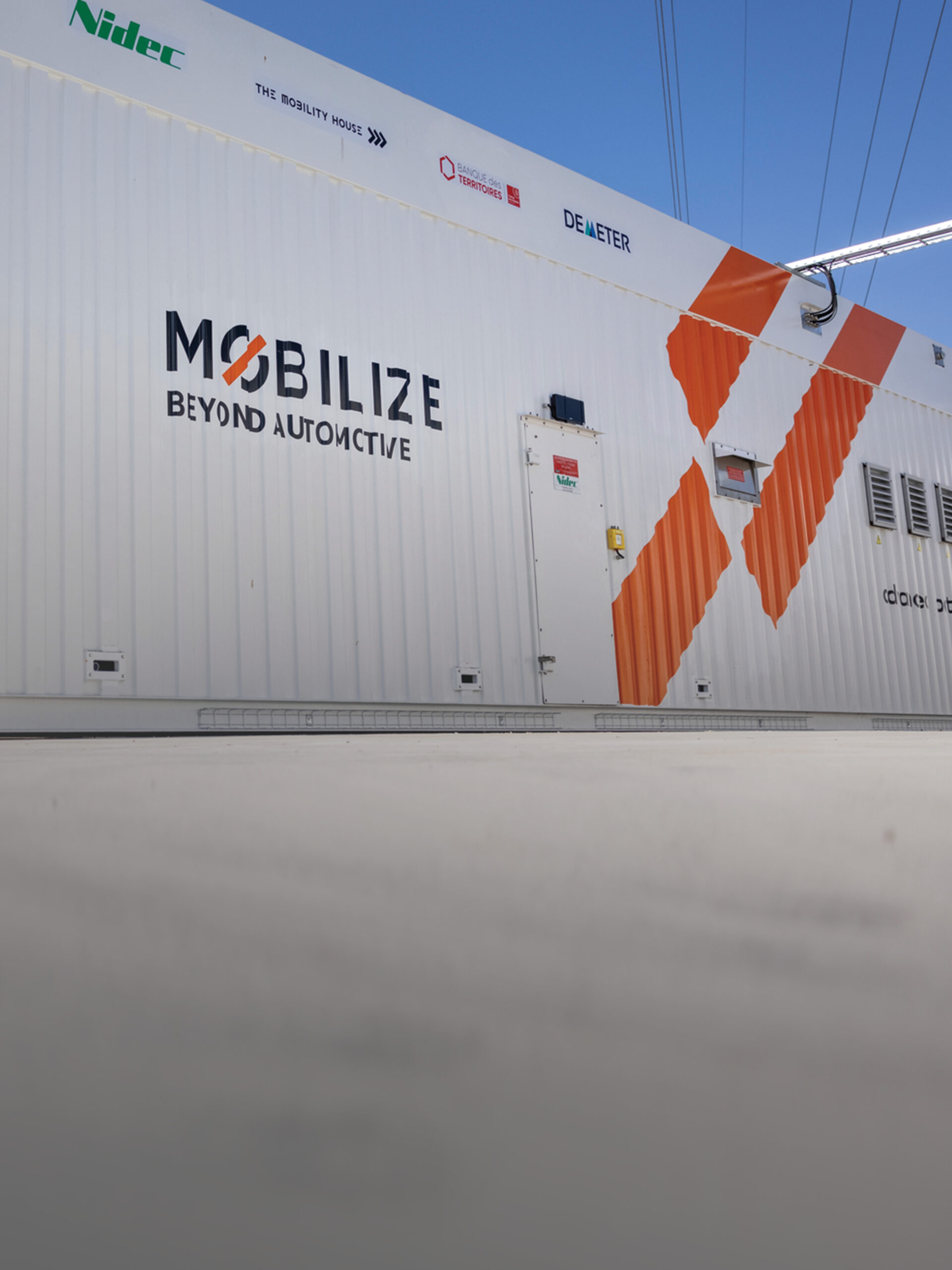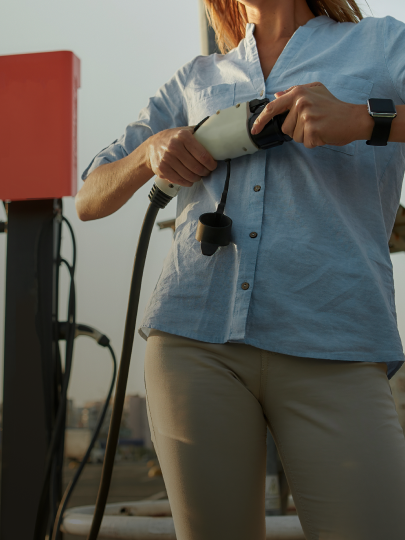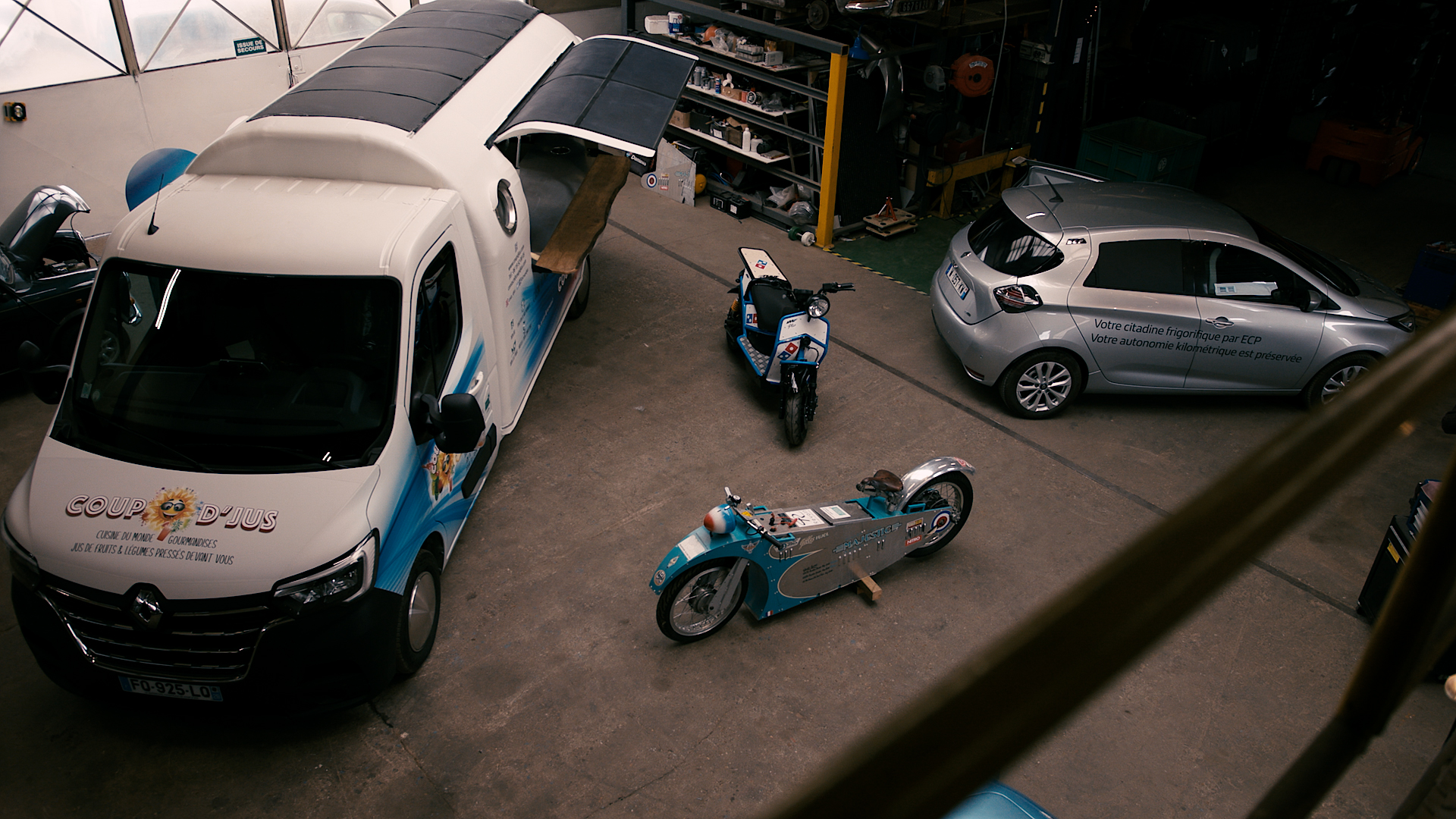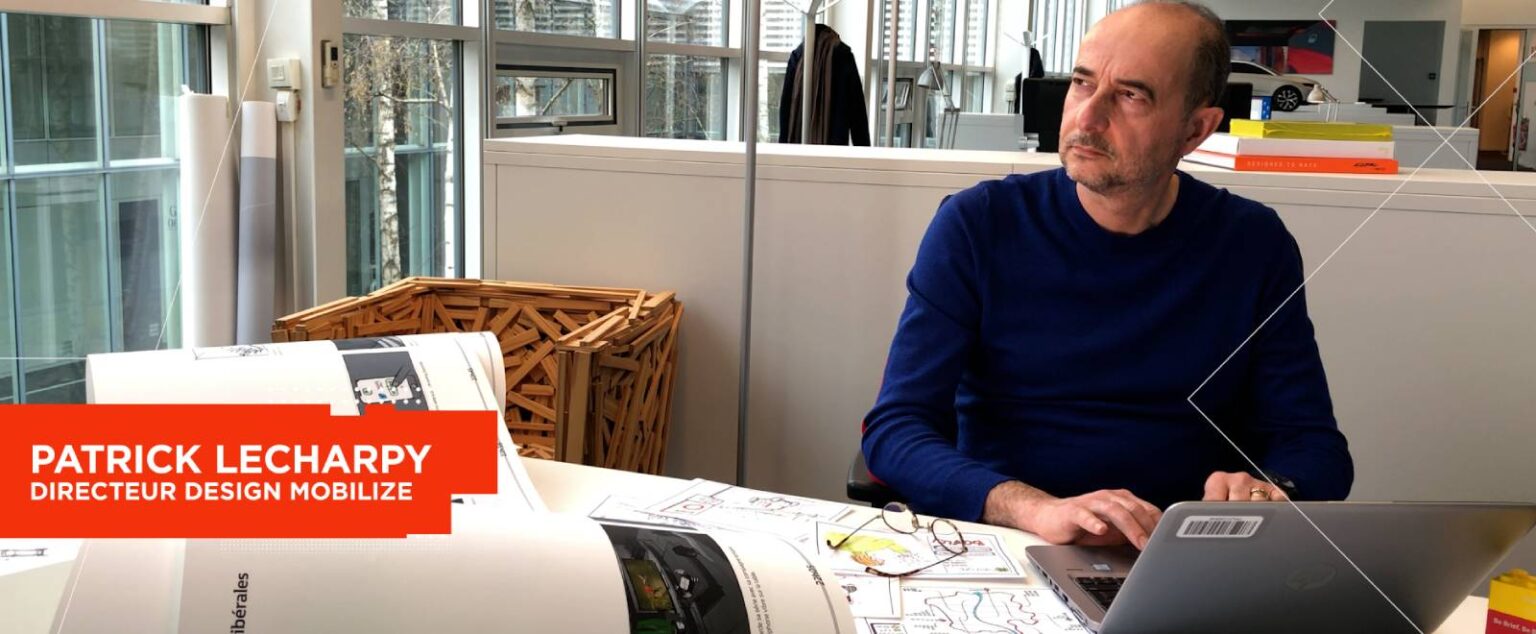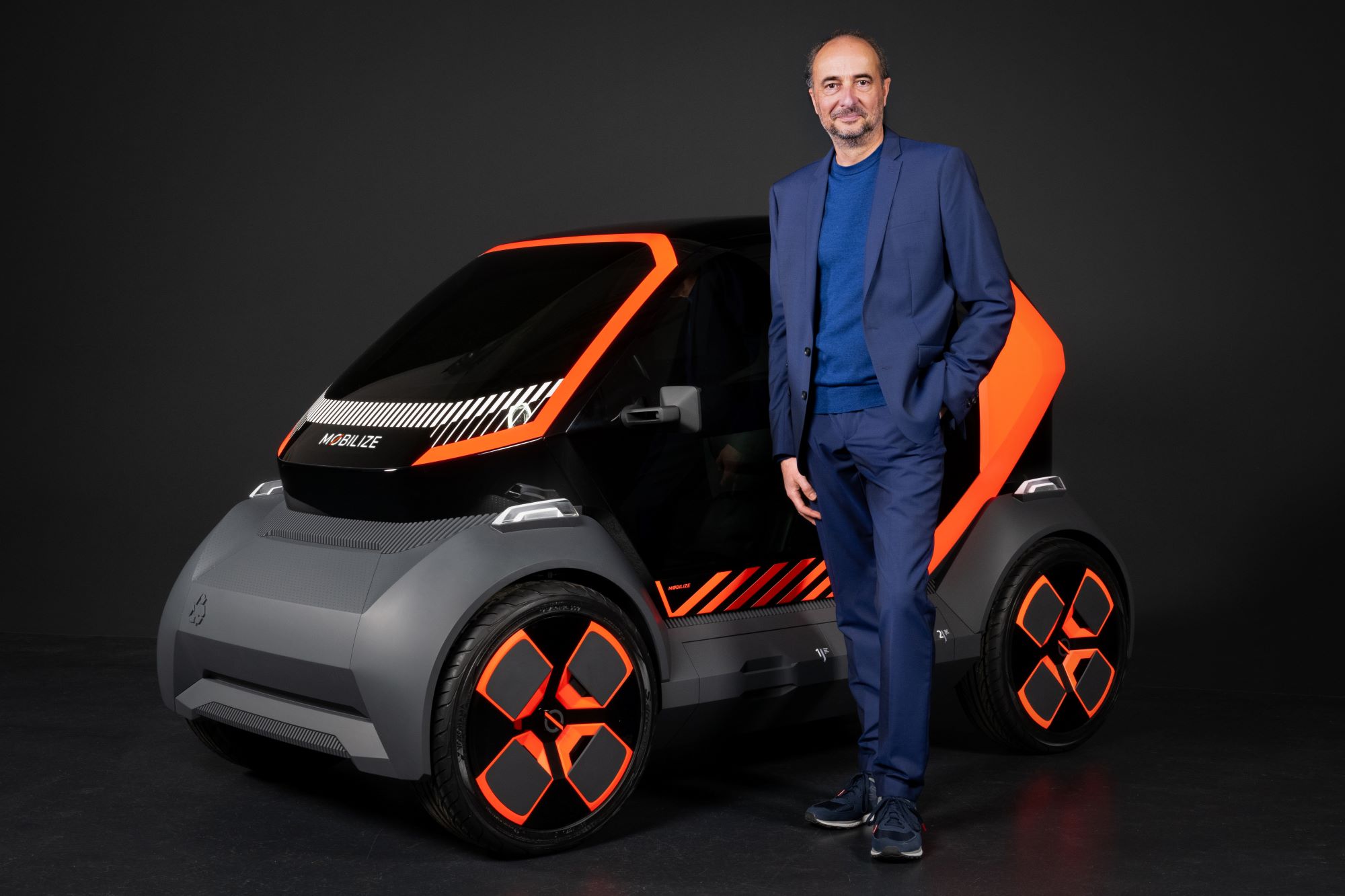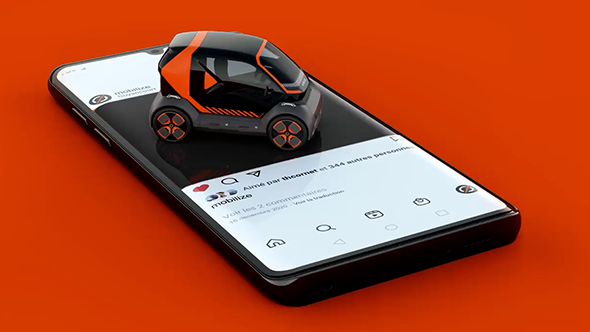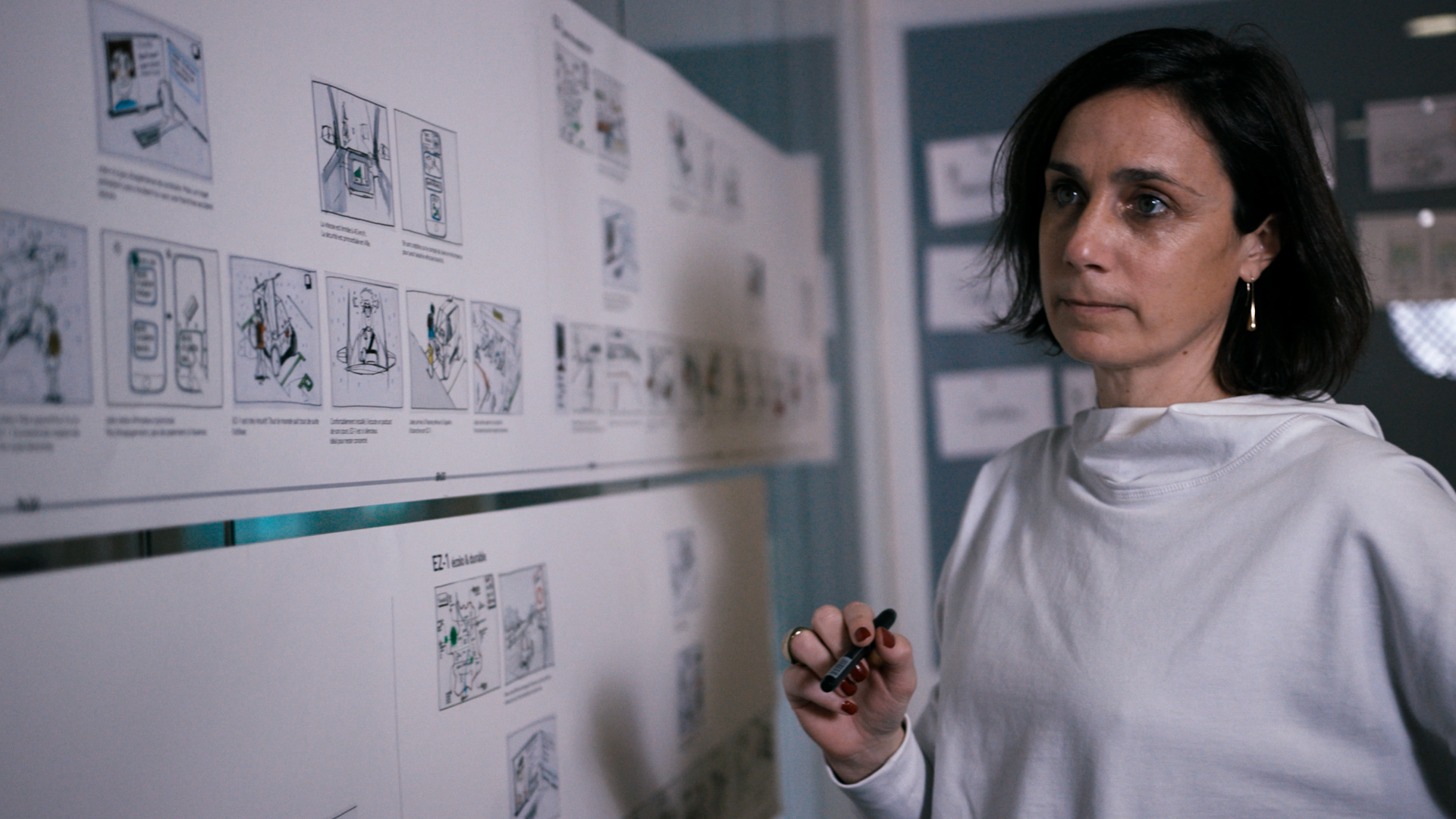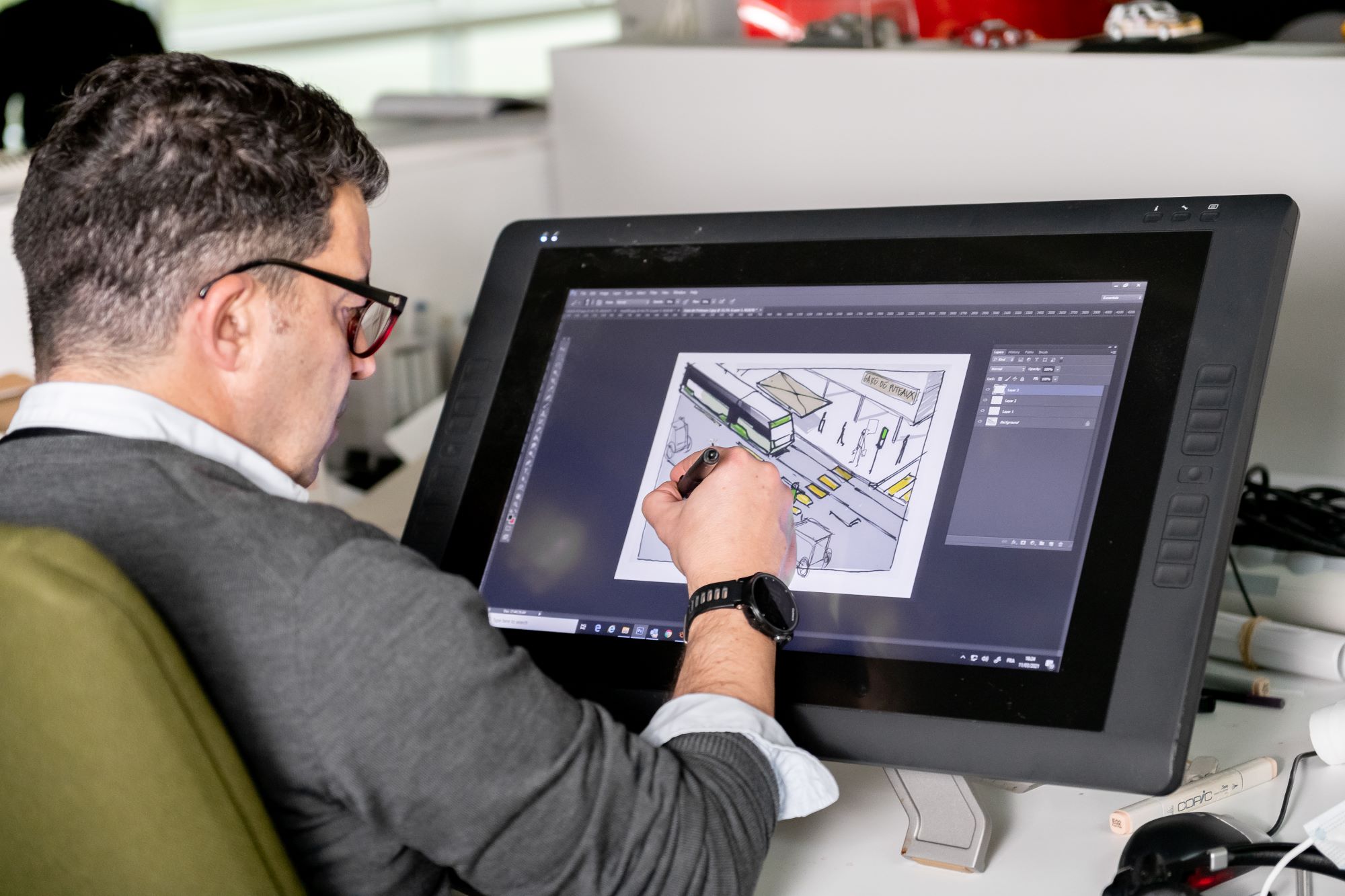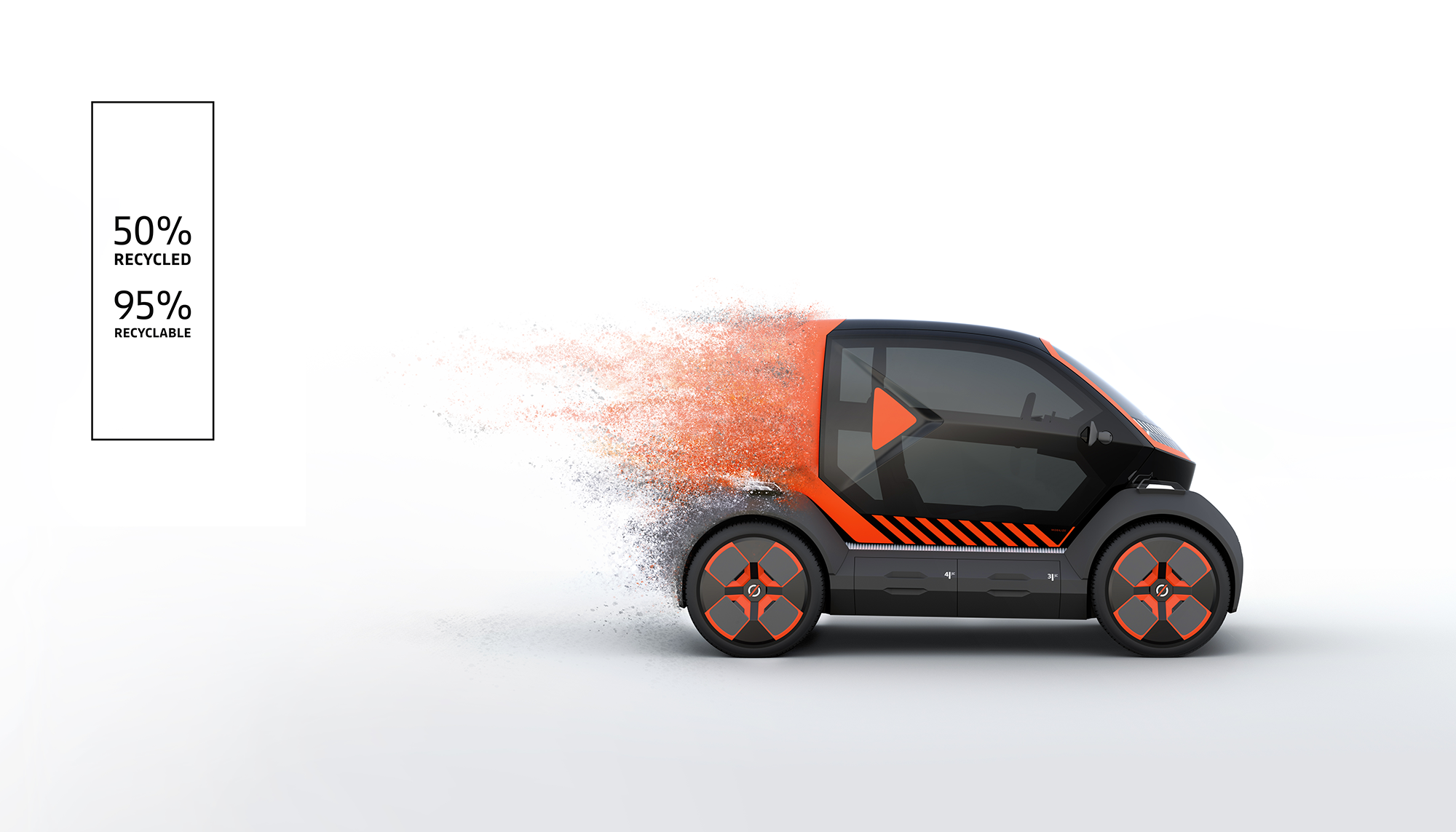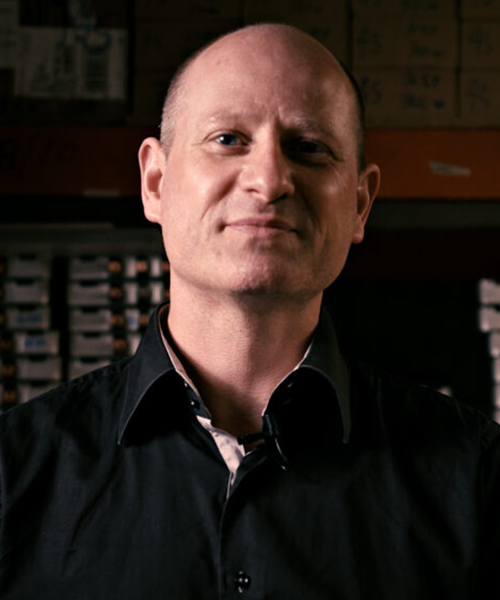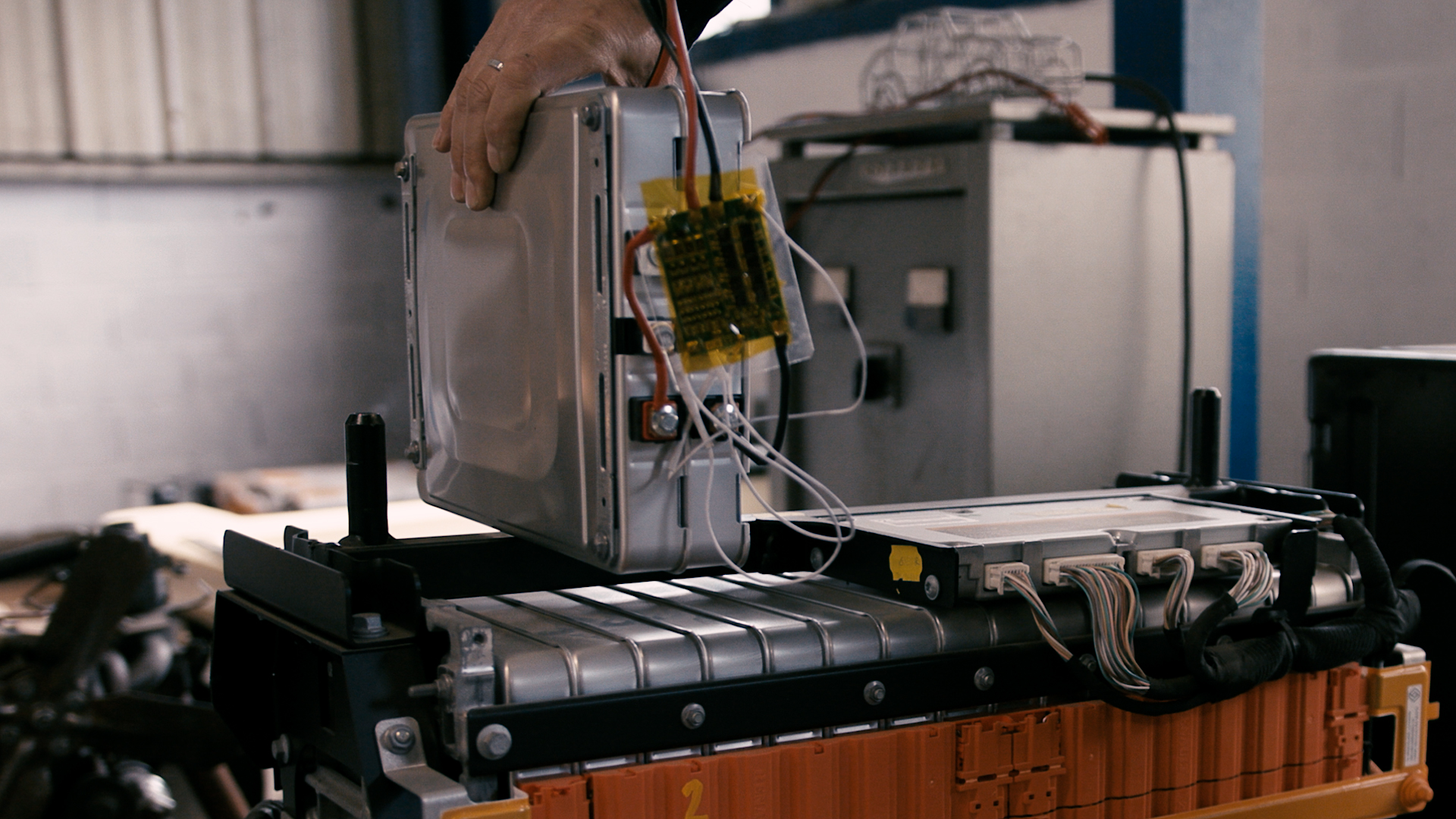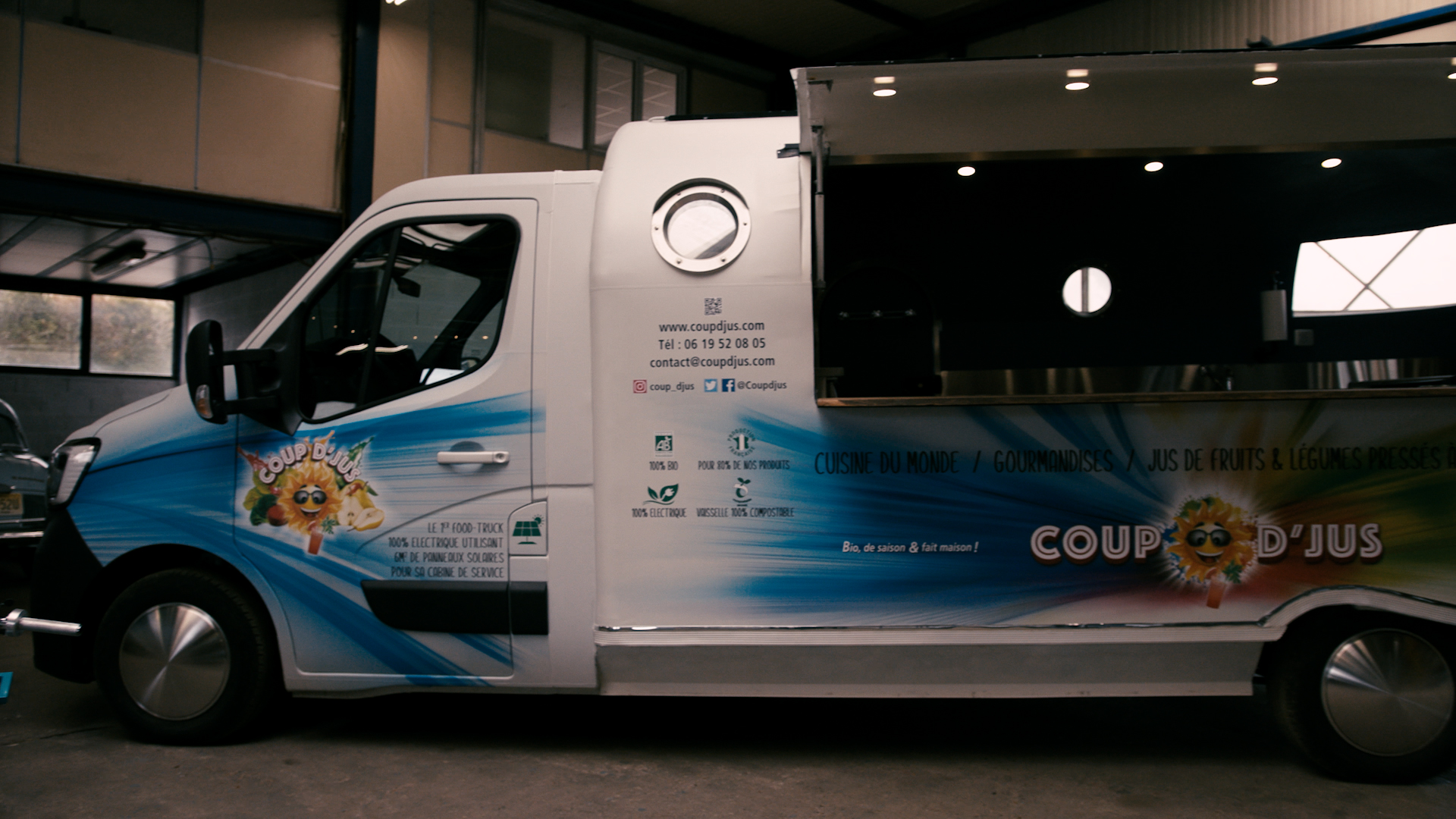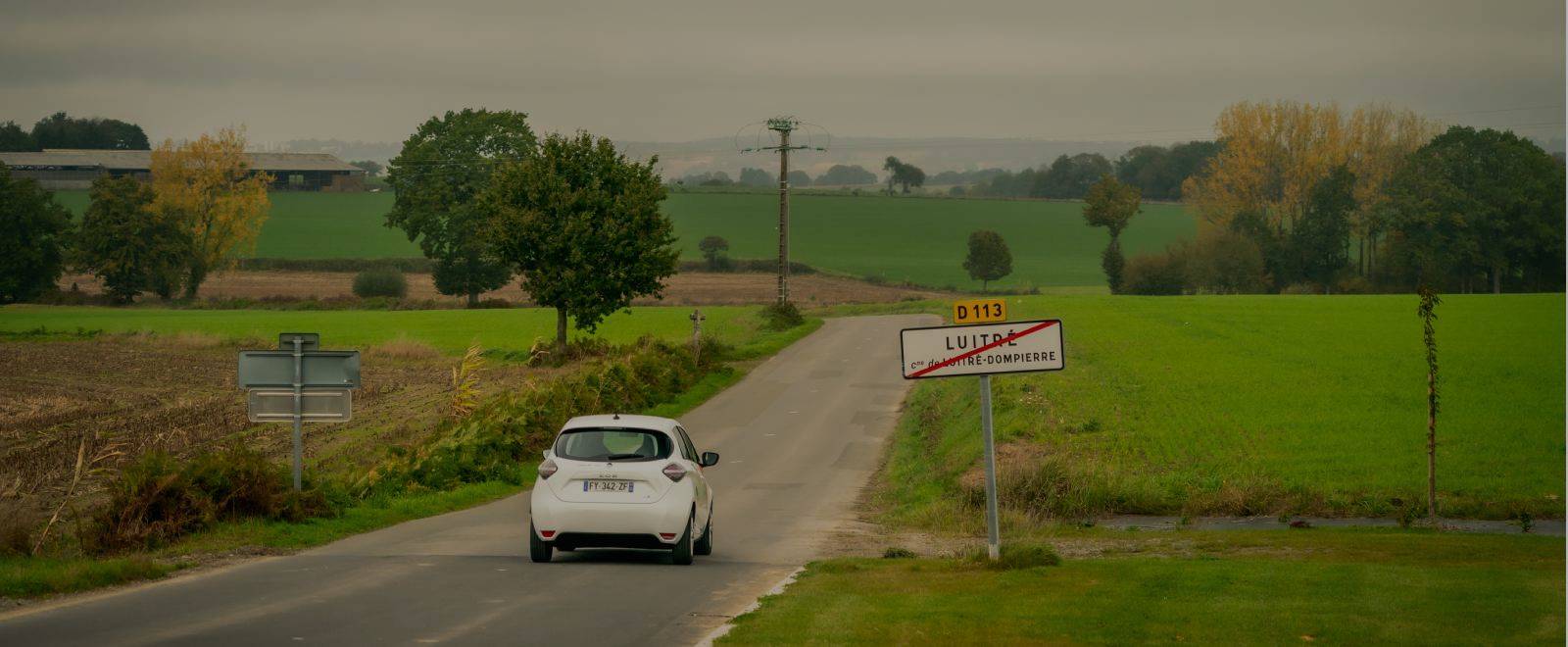When it comes to consumer trends in automotives, habits are changing: more and more customers are increasingly interested in how they use rather a vehicle rather than owning it. Their main criteria are flexibility and availability: move about easily, find a clean and available vehicle nearby, when needed. A comprehensive service, where you only pay for what you use at price known in advance. As simple as that!
This is precisely what Mobilize offers through its ZITY by Mobilize car-sharing service. In an effort to optimize vehicle availability and reduce their downtime, the brand is working on new processes as part of an experimental project out of the Flins Re-Factory. A small, dedicated team has been given a mission of utmost importance: prove that vehicles in car-share fleets can benefit from fast turnaround times when it comes to thorough repairs and servicing. Gilles Normand, SVP, Vehicles – Mobilize Brand, and Alexandra, ZITY France General Manager, explain the rationale behind offering such services to fleet operators.
10 minutes by foot: that is the maximum viable distance between a car-share vehicle and a service user. To meet such a requirement, more cars are not the answer. Above all, a fleet operator like Zity by Mobilize must succeed in reducing vehicle downtime, whether it be for vehicle recharging, cleaning, maintenance, or repairs. After all, if repair costs accumulate and vehicle turnaround is too slow, fleet management can become a paint point. For operators, time is money!
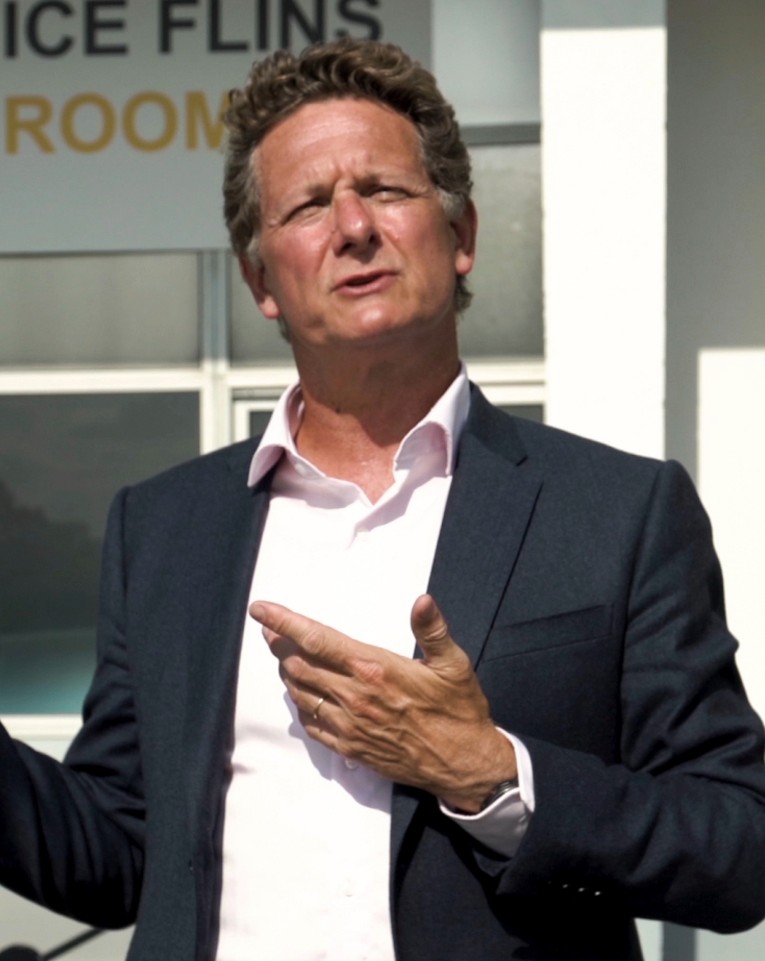
“Downtime, be it for vehicle maintenance or repairs of a car-share fleet, is a cost factor that can quickly increase exponentially if not kept under control.”
A new era for the Flins Re-Factory
As a response to such constraints, Mobilize paired up with ZITY by Mobilize to launch a test run at the Renault Group Re-Factory in Flins. The aim being for a small, dedicated team of experts and professionals to test an optimal repair and maintenance process for car-share fleet vehicles.
In 70 years of existence, the Flins factory has seen numerous iconic models roll out its doors; even today, its assembly lines still produce Renault ZOE and Nissan Micra. Through transforming itself into a Re-Factory, it enters into new era, becoming Europe’s leading circular economy factory dedicated to mobility solutions. Among the four pillars behind the transformation of the factory’s business, the Re-Trofit division deals with extending the life of vehicles and find new uses for them. Covering an area around 8,500 m2, the ‘Factory VO’ used car division, dedicated to reconditioning used vehicles, will soon take in vehicles from fleet operators.
This is where Mobilize is put through its paces in a life-size scenario. Teams work on ZITY by Mobilize vehicles to assess the full range of maintenance processes fleet vehicles are put through in order to optimize every step, from the moment they arrive in the factory to their deep-clean and re-release, not forgetting the all-essential diagnostics, repairs, parts orders, and driving tests.
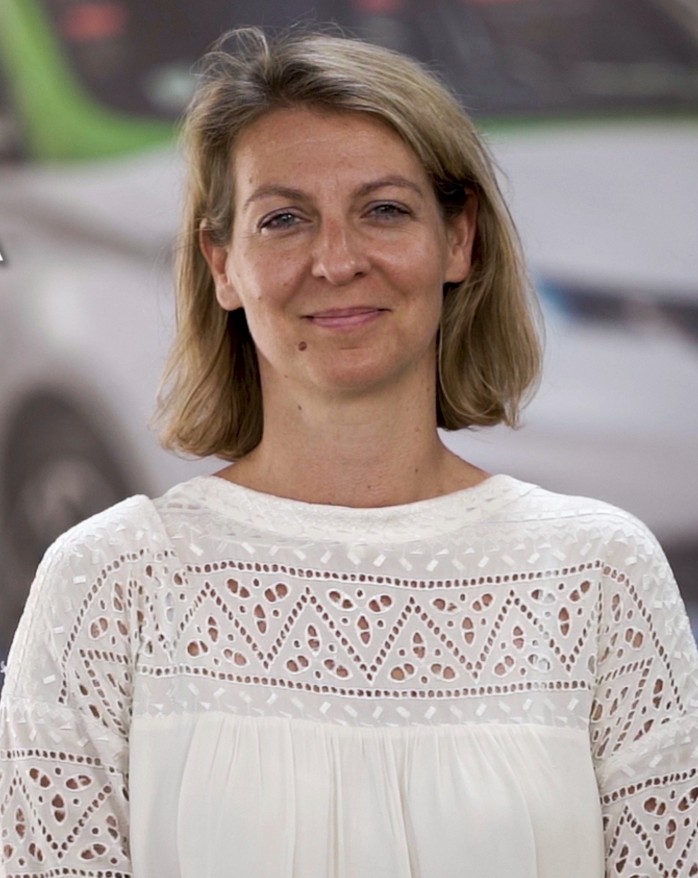
“For car-share service like ZITY by Mobilize to be effective, it requires a number of measures to ensure that vehicles are serviced, cleaned, and recharged within 10 minutes of each customer.”
Welcome among the experts
To ensure quality service, dedicated professionals with a perfect knowledge of the vehicles are responsible for carrying out maintenance on bodywork, paint job touch-up, resticking, and cleaning. Another important advantage is that they have a permanent supply of spare parts.
Through working with the Flins’ Re-Factory, ZITY by Mobilize has access to the necessary skills and capabilities to halve the time their vehicles spend off the road – up to 7 days at most.
Drive around town in a trendy city car!
After Paris, Boulogne-Billancourt, and Clichy, ZITY by Mobilize has extended its service area to four more cities in the south-west of Paris: Issy-les-Moulineaux, Meudon, Sèvres, and Vanves. The fleet of car-share vehicles on offer includes Renault ZOE and Dacia Spring, all for the same price.
Thanks to the Re-Factory in Flins, Mobilize aims to offer fleet operators with a profitable and frugal business model. Users are guaranteed satisfaction.
